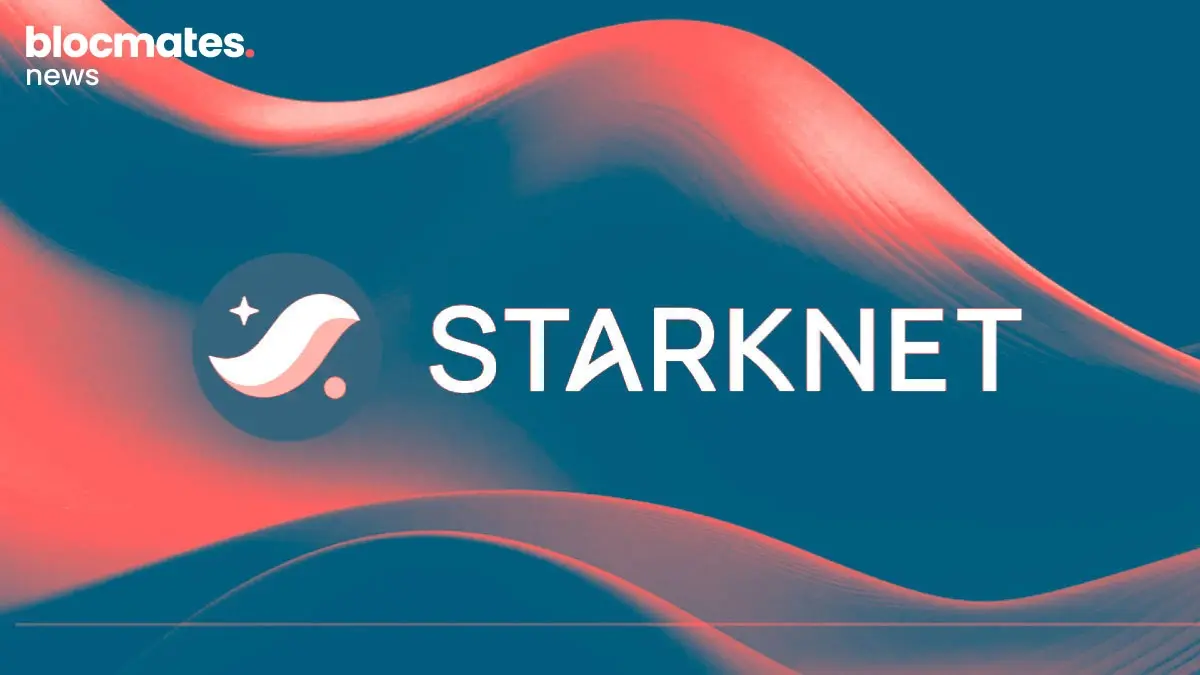GM Manlets,
Soylana, SBF Chain, Sam Coin, This cycle’s NEO, Ghost chain, VC chain, the list goes on… If you were one of those who had your Solana conviction put to the test over the last 18 months and still live to tell the tale, kudos.
The overarching narrative particularly on Twitter can be one that likes to follow, obey and not say anything that goes against the herd. It resembles a cosmopolitan medieval town where all occupants are ostracized for having differing opinions or believing in the wrong god. It is not my god, so it is the wrong god.
Tensions get particularly high when there is capital on the line and a lot of the village idiots are anonymous. Those who shout the loudest tend to attract disciples who agree with their every word, without question.
This is why narratives are particularly important in crypto. Things can take hold and stick without necessarily being true. Oftentimes, the stronger the narrative the further it is away from the truth.
We saw the last cycle have its fair share of cult-like figures which led their followers to the inevitable slaughter (no names mentioned). They’ll be back this time around, maybe in a different form, but it’s human nature for mob mentality to adopt some of these charismatic leaders as their own. Attach a token to that and things get funky, real quick.
I think maximalism of any kind is fucking stupid at best and deluded at worst. Now intensify that in an extremely young and naive space with ever-changing technology and paradigms that will absolutely not be static over the next 5-10 years. There is soooooooo much we are yet to learn, solve and even think of, and yet… we have people nailing their colours to the mast and refusing to consider anything outside of their algorithm-induced echo chamber of self-reaffirming beliefs.
It was extremely easy to take the anti-Solana side of the argument when things started to unravel. Whether from an investment standpoint, a user’s perspective, a builder or just a general market participant, it certainly tested your resolve over the past 18 months or so.
We saw a meteoric rise in price appreciation from the infamous $3 Tweet from, he who shall not be Named up to $259. This was at the time when Ethereum became truly unusable and gas fees were persistently above $100 and saw days of 4-figure-gwei. Alternate layer 1 blockchains had their day in the sun and for good reason. Solana, BSC, Avalanche, Luna (RIP), Fantom and a few others attracted users who wanted to DeFi but also wanted to be able to afford to eat a hot meal.
Somewhere during all of this, the toxicity began to take hold. Polygon for some reason, largely avoided the Ethereum maximalist FUD. This is probably because they attempted to make out they were somewhat connected to Ethereum whilst being an unusable side-chain that never worked and was plagued by reorgs still, to this day.
Solana on the other hand got the brunt of it. Bankless proceeded to bring on Anatoly with other L1 founders to further their own agenda and not give any meaningful air time to the founders. When they did, it would be with an extremely condescending tone.
The idea that there was another way to do things that didn’t in some way shape or form benefit Ethereum was sacrilege. The fact that it was doing well, was even worse…
I will say, that even as someone who tries everything they can get their hands on, it was a completely different experience from anything I had tried before. Some aspects were better, some aspects were worse. But overall, very impressive, still to this day.
A couple of chain outages later things began to look a little hazy. This only added fuel to the collective mind share of those throwing shade at Solana. Another aspect that I picked up on very early was that the DeFi projects on Solana were just not up to scratch with their EVM equivalents.
A complete lack of thought went into tokenomics, value accrual, stickiness and user retention. From someone who operates in DeFi near enough every single day, something didn’t add up.
Any token generation event (TGE) was immediately down only or heavily botted. It felt like the same names were on EVERY cap table of EVERY project launching on Solana. On top of that, Alameda seemed to have their grubby little paws over anything that had something about it.
Now, I don’t know if what I am about to say is true or not, but there were enough times that it happened to make it more than a coincidence.
Here is what I and others found: How to launch a token on Solana in 2021.
- Have Alameda and some other familiar Solana VCs on the cap table
- The token should have an extremely low circulating supply and an extremely long vesting schedule
- Private round allocations should have extremely favourable prices for seed investors
- Tokens that follow this blueprint should be in contention for an FTX listing
- If Alameda is invested there will be perps listed for that token
- When perps go live those who are still vesting can short to hedge their locked positions.
- Retail users get fucked…
This is no way to build a strong community or user base. If you want people to stick around, as brash as it might sound, you have to give them the opportunity to make money. It doesn’t work when the only counterparty you have is VCs which have a cost basis you could only dream of.
Anyway, as I say, that could be a load of nonsense but judging by the way FTX/Alameda was marking their books to the current market price for assets such as MAPS, OXY, SRM and others, even if their assets would not be liquid for a number of years, I think I may have a leg to stand on here.
Maybe this was an attempt to inflate their actual holdings to state they were completely solvent when they, in fact, weren’t, who knows… I’m an idiot but it looks that way.
Anyway, after that shitshow happened and FTX collapsed, naturally the trial by association happened to Solana. This was another test of conviction for holders, users, builders and supporters but also granted a ridiculous opportunity of $8. Kudos to anyone who bought that one.
Anyway, now 9 months on from that the dust seems to have settled and people that cried for Solana to die are now licking their wounds as it is the best-performing crypto asset in the top 50 YTD. It turns out that cope is an excellent fuel for a rally.

So what has changed?
Solana Downtime Issues – The last chain outage happened in February which was put down to a cluster instability. So, six months from that everything has been running according to plan.
A huge test for the network was when Backpack (a new wallet on Solana) hosted their xNFT mint: Madlads. This was an extremely in-demand mint for a novel NFT design i.e. xNFT.
xNFTs, or executable non-fungible tokens, are a new type of NFT that can run code. X stands for eXecutable – tokenized code that gives the owner the right of execution. Pretty smart.
Anyway, given Solana’s extremely low fees and high throughput, a lot of Solana mints get hammered with bots trying to spam the contract to ensure they have a higher chance at minting than the average user.
The team had to delay the mint by 24 hours or so due to a ridiculous amount of transactions spamming the network and mint contract. When I say ridiculous amount, I mean RIDICULOUS. Here is what the Backpack and Madlads founder had to say about the first attempt.
https://twitter.com/armaniferrante/status/1649226410903437314?s=20
Literally billions of requests… with a B.
Now, it would be stupid to even suggest that this could happen on any other chain due to the throughput, fees and latency, for one it wouldn’t be cost-effective to do so. That being said, no downtime was suffered on the network although a few RPCs went down, but overall the sheer demand and strain on the network, it held up extremely well.
The most impressive thing overall for me personally was seeing the local fee markets in action. I’ll try to break this down as simply as possible and won’t go too heavy on the details as I don’t want to bore you to death but this is effectively how this works.
On Ethereum or the majority of other EVM chains transactions are sent and they land in the mempool (memory pool) prior to being ordered and committed to blocks. Searchers and builders will see these transactions and propose the highest-value blocks to validators and these (usually) will be confirmed and submitted to the blockchain.
Anyone who has been sandwiched by Jared has this mechanism to blame for eating a tonne of slippage on their favourite shitcoin. By hiking the gas up Jared’s buy, will front-run your transaction and enable him to buy before you. If you used auto-slippage or forgot to reset it to a normal slippage tolerance you will buy at that higher price and then he will proceed to dump on you in the next transaction. It’s happened to the best of us.
These gas wars are absolutely insane and if you think back to the last cycle you could always tell, even if you were unaware that there was an NFT mint happening somewhere on Ethereum. Users would try to pay a ridiculous gas fee to be prioritised into the block to confirm their mint transaction.
So, what happens when this is happening and simultaneously Aave has to liquidate some ridiculous loan? Well, gas fees are sky-high due to the mint but Aave has to liquidate the collateral fast and for the most optimal price. When gas is so high it becomes cost prohibitive for collateral to be liquidated and protocols can take on bad debt.
Now the interesting part… what if you could isolate the fees so that the NFT mint happening doesn’t concern the whale being liquidated on Aave? Well, this is what Solana has managed to crack with isolated fee markets.
A gas war could be happening on an NFT mint and the users of a DEX and/or money market wouldn’t feel a thing.
This was also made possible because of a few recent upgrades:
- Priority fees – This allowed users to express their desire for their transaction to be prioritised. This fee is at the user’s discretion and will be added on top of the base fee.
- QUIC – A new implementation that allows validators to effectively rate-limit transactions being spammed from a specific IP.
Someone described it as switching from having an open letter box in which anyone can send you letters and spam mail, to having a secretary that tells you who is calling you prior to picking up the phone.
Naturally, this reduces spam from a single origin and prevents extreme levels of transactions that come around an anticipated mint.
- Stake weight connections – This is a method that allows those with larger SOL stake weight to have a great number of connections to “The Leader” i.e. the validator who is deterministically chosen to submit the next block.
So, what this means in ape-speak is that when you have a larger stake weight you can have a much greater amount of connections to the validator. Naturally, the opposite is also true. Spammers who wish to have the greatest amount of connections and increase their chances of their transactions being included in a block need to purchase SOL and stake it. This creates an additional financial barrier which will disincentivise those looking to bombard the network with txs.
- Isolated fee market – The easiest way to explain this is that there is a select amount of data that can be included in a block from a specific contract at any given time.
How and why Madlads succeeded… eventually.
If we use the Madlads NFT mint for example… Every time a user tried to mint the NFT by sending a transaction, the Solana base fee would have remained the same, although users could have paid an additional priority fee to increase their chances of minting.
If this was on Ethereum and everyone was increasing their gas fee to try to queue jump, then a whale at the same time was being liquidated on Aave, those who are liquidating the bad collateral on Aave would have had to out-compete those spamming the network with priority gas fees and potentially not be included in the block. This can and will lead to bad debt building up in a protocol which we saw during the LUNA and UST collapse with several money markets.
Solana’s isolated fee markets assign a specific amount of space in the next block to a specific contract and thus once the limit is filled, there is still availability for other important transactions. Now protocols, users and applications don’t need to compete with an unrelated gas priority war happening somewhere else on the network.
Additionally, with the QUIC implementation, bots spamming that specific contract will have been limited by how many transactions it could actually send. Usually, this ridiculous amount of txs would cause validators some troubles which has led to network downtime in the past.
So, all in all, some really impressive throughput, infrastructure, UX and general stability upgrades have been implemented over the past few months.
Honeypot BITCH
The team also cunningly deployed a honeypot mint contract that absorbed around $250,000 worth of SOL. Bots spammed the network to get their transaction through and “mint” the NFT that never came… the founders refunded the proceeds to those who tried to mint the fake NFT. I am all for this shithousery.
Anyway, that’s a brief history of how we got to where we are now on Solana. Now, for the juicy rebirth stuff that all the degens are waiting for: the new Solana ecosystem review.
Solana Ecosystem Review –
I’ll break this down into as simple and actionable terms as possible. I may miss a few things but will try to keep the article as up-to-date as possible for you chads and chadettes.
Here we go…
Onboarding to Solana – Wallets.
Right… so… yeah… there is no Metamask, yet!
You are gonna need to download either one of the two main wallets.
Note: If you follow any links please verify, I am not responsible for a lack of diligence.

Phantom is my go-to purely down to how great of a product it is and the muscle memory from the last cycle. Recently undergoing a rebrand which I think is 5-star, the Chrome extension and mobile application are both sick.
It’s a little difficult to find the exact number of users for obvious reasons but the Chrome store downloads are at 2m+ users which I think is impressive.
They also recently added support for Ethereum and Polygon so you can have everything under one app, kinda but not really. If they add custom RPC support for the emerging L2 ecosystem that would be great!

This is the wallet I was talking about in the extremely long and drawn-out introduction (sorry about that). I have used it and picked up some Madlads on the secondary from a marketplace called Tensor (more on these mutants later).
The wallet is a joy to use and with this team, I wouldn’t expect anything less if I am honest. Additionally, those xNFTs I mentioned are obviously supported here, so I expect to see more and more innovation coming out of this camp.
Backpack also has Ethereum support to keep everything under one roof. This is a pretty tough choice between the two, I’d recommend trying them both out to see which one tickles your fancy.
Solana Ecosystem Onboarding 2023 – On/Off Ramps and Bridges.
Any centralised exchange worth its salt has Solana on and off-ramping. This is as simple as buying SOL or USDC on said exchange and sending it to your Phantom or Backpack address.
If this is your first time, yes you still need a smidge of gas (SOL) once you land on-chain. So, it’s probs best to buy SOL to bridge over from a CEX on-ramp.
Somewhat of a sticking point is EVM-Solana bridging…
I’m not going to get into why I think Layer Zero integration is taking so long but if you read between the motifs of this article you’ll probably figure it out.
So, what are your options if you are an EVM maxi and all your assets are on Ethereum or an L2, for example?

This is a Wormhole product that allows you to bridge back and forth between Solana, BSC, Avalanche, Ethereum and Arbitrum.
You simply connect with your source wallet i.e. Metamask (Ethereum) and then connect your destination wallet i.e. Phantom and then select the asset you wish to bridge.
Pros – This really couldn’t be simpler. I sent some funds from Solana to Arbitrum and it took around 1 minute.
Cons – Going the other way though could take up to 18 minutes… That being said, the time taken to the on-ramp to a CEX swap into whatever asset you want and then bridge out can take that long. This is especially true if you are waiting for Arbitrum confirmations.
I haven’t tried BSC, Avalanche or Ethereum though. The on-ramp times to Solana from these chains may be quicker.

I haven’t used this one but I will after watching this video. These guys recently integrated EVM-Solana and I have seen a lot of great things said about the product. Their Avalanche to Solana bridge looks incredibly quick (helped by both chains having super quick finality).
Anyway, that’s something else to try out if you are looking for a quick, easy and cheap bridge to use.
Top DEXs on Solana 2023 –
Right, so the eagle has landed and you are now looking for something to do… Naturally, you want to familiarise yourself with the best place to swap assets on Solana.
I’ll go through a few but for me, there is one stand-out product.

Raydium is a true Solana DeFi OG. This has (in the past) been my go-to place if the liquidity was pooled there for whatever token I wanted.
It’s an AMM, if you have used Uniswap, then you will be familiar with Raydium. For those looking to LP, you can check out their Concentrated AMM too which seems to be gaining some great traction of late.
Smol alpha – SOL-USDC LP is paying around 30% APR right now, whilst stSOL-SOL LP is paying 17.28% APR… have at it.

I’ve always liked Orca and its super-friendly UI. The “Text-to-trade” thing is kinda cool too if you take a look at the taskbar on the interface. They had some great volume and LP fees in their whirlpools (CLAMM) with BONK and RLB a few weeks back.

Jupiter is the king in my eyes. I always use an aggregator regardless of what chain I am on and this is the leader on Solana. I will always just head to Jupiter to trade and recently we even got on-chain limit orders which are sooooo cool.
You can even set a time limit on when you want to buy or sell effectively using a DCA strategy. Go give it a try, I think you’ll be impressed.
Top Money Markets on Solana for Lending and Borrowing 2023
Another typical DeFi product is money markets aka lending and borrowing protocols. Aave, Compound and soon-to-be Tapioca will be the blue chips that everyone recognises on EVM chains.
On Solana, it is relatively the same kind of products that you have come to know and love.
So, let’s take a look at a few of them.

These guys are the OG and offer multiple assets to deposit and borrow. They also offer permissionless pools in which users and/or protocols can set up their own parameters and a basket of assets. It kind of reminds me of Rari back in its heyday.
They did have a few hiccups during the FTX fallout which saw a huge impending $100m+ loan on SOL collateral continue to fall towards the liquidation price with no action taken to pay down the loan. A flash governance vote happened in order for the team to take over the whale’s position which had a pretty piss-poor turnout of only 1.3% voting in favour of the “for” vote and 0.3% voting no.
That being said, the team looks to have continued to build during the depths of a bear market and the Solana winter, so, kudos.

This is one of the projects I was alluding to in the Solana rebirth. Everything seems well thought out. There is a rewards program ongoing right now where users who deposit and borrow will earn points.
I’d hazard a guess points will be tallied and equate to a potential airdrop. Given the thoroughness of this protocol, I’d imagine there will be some really nice token design behind it also. This is what we like to see on Solana.
There is a pretty cool strategy that uses marginfi that I’ll cover later in the LST section.
Top Yield Optimisers on Solana 2023

Francium is a pretty cool product that had over $425m TVL at the peak in the last cycle.
This has a lending and borrowing product whilst also allowing leverage yield farming opportunities on specific single-sided assets as well as LP pairs.
I can imagine when some of these new products roll out on Solana there will be some cool money-printing opportunities on here.

Hubble, for you Ethereum nerds, is a CDP protocol similar to Abracadabra. You can deposit a variety of assets and mint their USDH stablecoin product. They have an active USDC-USDH LP managed by Kamino.
Kamino is a concentrated liquidity management protocol that is akin to an Arrakis but anyone to deposit into their vaults across Orca and Raydium.

Liquid Staking Projects on Solana 2023.
So… Liquid Staking Derivatives are obviously the biggest narrative of 2023 given that we had the Shapella upgrade a few months back on Ethereum.
Naturally, the fact that users can now withdraw their ETH from the Beacon Chain led to protocols such as Lido, Rocketpool and even Coinbase drastically increasing their market shares of staked ETH.
So, what about LSDs on Solana?
Well, Lido has provided stSOL for quite some time now. You’d expect Lido to be the market leader on Solana too, right?… Wrong.

Marinade Finance – Marinade Finance is the number one DeFi app on Solana with over $162m in TVL. Their mSOL product has stood the test of time and has multiple venues in which it has been implemented. mSOL can be deposited into many of the protocols mentioned above much like you see with stSOL on Ethereum.
Jito – If I was a betting man (which I am) I’d bet that Jito will flip Lido and potentially challenge Marinade in the next 12 months. Jito is an impressive product from a very impressive team.

These guys are providing a liquid staking product that also captures MEV that flows through Solana. Naturally, this yields greater returns for its depositors.
Keep an eye on these guys, I think they are on to something.
Staking ref link – jito.network/staking/?ref=blocmates
Alpha: If you can time it right, you can deposit SOL into Jito and receive jitoSOL. Then you can head to marginfi and deposit jitoSOL there. Both projects haven’t released their native token yet and it is expected that they will in the near future. All the while you are long SOL and earning staking, lending and MEV rewards. You’re welcome.
BlazeStake – Another emerging Liquid Staking Product is BlazeStake with bSOL. Again, this is a newly emerging Liquid Staking Derivative of SOL which enables uses to access Solana staking rewards. BlazeStake hints at an airdrop on their website.
Derivatives –
No prizes for who I will be covering here… you guessed it, Hxro Network. Hxro acts as a liquidity layer on Solana allowing users’ deposits to be used across all applications that are built on top of the Hxro.
Derivatives Building on Hxro:

As you can see, things are really picking up in the Hxro ecosystem with new projects starting to build every week. There are perps, options, expiring futures, parimutuels, gambling, trading bots anything you can think of is being built here and that is why I am invested and max locked.
To get a good understanding of what is happening on Solana and Hxro in particular, head to our interview with Gunny the founder of Hxro Labs.
https://www.youtube.com/watch?v=Gc_KGPn3oVk
Pepper DEX – Pepper DEX is a perps and expiring futures DEX built on top of Hxro Network. The real interesting part here is the token flywheel that benefits PEP and HXRO stakers. I love to see options tokens being brought to Solana for the first time with oPEP with what feels like some really well throughout token design. This is one for the farmers and DeFi maxis.
Flowmatic – This is one of the coolest things I have seen in a while and would only be possible on Solana. Flowmatic will be the tollbooth of nearly every project built on Hxro Network with its extensive tooling, APIs and trading terminal.
Check out this short clip below:
https://www.youtube.com/watch?v=DdR9KOCgqLE
NoloBot – Other than LSDs, In-chat trading bots across Telegram and Discord have been the biggest emerging trend of 2023 (in my opinion). A lot of people thought these things were a flash-in-the-pan meta. I’d argue that this is the opposing solution to cryptos onboarding and UX issues.
Account abstraction, smart contract wallets and mobile-first applications are high up on my 2024 watchlist. Those that solve the UX issue in crypto will win going forward. I think huge leaps will be made in the next 12-24 months, enabling the next cohort of users to come on-chain. Hence Base tapping into Coinbase’s 100m+ verified users.
In-chat bots are another antidote to the problem and meet the apes in their jungle. Trading bots go to where their end users are and provide them with a great product. I expect these to stick around for a long time.
So, with all of that said, NoloBot is a Discord trading bot that offers perps, spot and options. Again, this is all powered by Hxro Network and is settled on Solana. Don’t be confused though, the liquidity for the NOLO token resides on Ethereum.
We have this Bot set up in our Discord server and it is a joy to use. The devs never stop building. It is seriously impressive.

This one came out of the blue recently and is expected to launch pretty soon. SpedX is a CLOB-AMM Hybrid DEX for perps that leverages Hxro Network’s liquidity through Dexterity. Again, it’s impressive to see how many projects are building on this infrastructure/liqudiity layer on Solana.
“We let you place your trades without ever worrying about unexpected price swings” – SpedX Landing Page.
There are numerous others building on Hxro which we will probably cover in their own independent articles on blocmates.com

Sadly, on the 8th of August Cypher was exploited. Despite this Cypher have a really impressive product and I’d love to see everything get resolved over there as I know a lot of folks locked SOL for a duration to be in with the chance of an expected airdrop.
Cypher offers cross-margin trading and allows users to deposit into the exchange for users to use as leverage.
Other Interesting Protocols –
Ellipsis Labs and Pheonix –
I can’t find much more information about Ellipsis Labs and their product Pheonix other than it will be a CLOB DEX on Solana.
This is a reference from their documentation:
“High throughput blockchains have enabled the creation of new financial primitives. Ellipsis Labs is building Phoenix, a decentralized limit order book on Solana that is fully on-chain, non-custodial, and crankless”
That said, there does feel like a large hole left where Serum (now OpenBook) left off. One of the obvious benefits of Solana is that it enables a true central limit order book with instant settlement to be built. I’d keep a close eye on these guys too…
With everything happening with AMM DEX innovation, particularly on Ethereum with Uni V4, Trader Joe, Maverick and Ambient Finance, I’d be interested to see a truly on-chain order book in action.
Quite an apt name too for the rebirth of something… Phoenix, that is.

Tensor is a ridiculously good NFT marketplace for the average user on lite mode or for the pro-NFT trader on Pro mode. I only have good things to say about Tensor and want to see it succeed. I’d recommend giving it a whirl as I think they have just released their own Tensorians NFT collection which could be some alpha…
I’ve been following NEON Labs since Solana was popping off back in 2021. These guys are offering a fully EVM-compatible environment but on Solana. So, with the best of both worlds, Dapps which are already built on Ethereum or other EVM-chains, can now deploy and scale with the benefits of what Solana brings to the table. Really cool product and look forward to seeing what gets built on Neon.
Solana L2s?

Well, aside from having one of the best websites in crypto, Eclipse allows you to build your chain, your way. This is a protocol that enables you to build a roll-up utilising the best parts of Solana, Ethereum, Cosmos or whatever you want. This is part of the whole Roll-Ups as a Service (RaaS) narrative that is beginning to emerge.
https://www.youtube.com/watch?v=Y8MKq7IuOn0&t=4s
If you are a DeFi nerd then these guys might be worth keeping some tabs on.
Nitro –

Their landing page sums it up pretty well… The Solana VM for Cosmos. You may have seen the recent Sei Network announcement of how Nitro will enable a Cosmos-based application and the benefits of Solana’s execution time, throughput and fees.
I’m not gonna get too much into it here but if you are interested you can read their thread below –
If Ethereum maxis weren’t triggered enough already Anatoly has mentioned previously in a series of Tweets that Ethereum could act as a Solana L2…

I mean there’s probably more chance of Satoshi coming back and endorsing BSV than this happening but it’s an interesting thought experiment, even if it’s just to trigger the Anthony Sassano

This is a cool one that effectively leverages Solana and a mobile-first application to make it look like a fintech banking app. It also has in-app staking to earn whatever the SOL staking reward rate is currently. I could see some social elements being built into this and it becomes a powerhouse.
Fire Dancer –

If you thought Solana was already performant enough, then you and the Jump Trading guys don’t have a lot in common. Fire Dancer is a second validator client for Solana which makes it the only other chain with another client other than Ethereum.
So, how much more optimised are we walking?
During Breakpoint the team showed with off-the-shelf hardware that they could handle over 600,000 tps. Which is absolutely nuts.
It has been mentioned that both clients will still be running for additional safety as the original Solana client can run behind it to verify that the Fire Dancer transactions are confirmed. This also increases the reliability of Solana given if transactions were failing to process on one client the likelihood of it failing to process on the other is drastically reduced. This is expected to be early 2024 to be available in a live working environment.
Token 2022 –
A new token program is currently being audited which could overwrite the current existing SPL token standard. This is effectively like Ethereum changing the ERC-20 standard. Why is this needed? Well, the current SPL format is kind of restricted in what is possible with tokens on Solana.
Having additional use cases and extensions to these Token-2022s means additional and unseen dynamics in DeFi.
A few examples of this are…
- Compress, decompressed and recompressed NFTs
- Confidential transfers
- Interest-bearing extension for stake and liquidity pools (similar to a rebasing token)
- Memo-enforced transfers (similar to banking transactions)
- CPI guard where tokens have to go through a delegate
If you want to learn more about Token 2022 and when it will be live and in the DeFi world you can watch this short presentation from Breakpoint –
Conclusion –
So, if you have stuck around until now, well done… that was a long one, even by my standards. I’m gonna wrap it up here because I am tired and don’t wanna have dreams about Solana.
I hope this has helped shed some light on what is actually happening to Solana. If I have missed any important projects or protocols feel free to DM the main blocmates account and I will personally update this research report.
I really think people are missing the big picture here and only do surface-level research. In fact, I kind of know this is the case. This has taken me around 4 weeks to complete and I know for a fine fact the average attention span on CT is like 6 seconds so…
I have been accumulating SOL and now have finally finished, ready and waiting for the next time around. The $8 SOL was ETH at $80 during the last bear market cycle (in my opinion). If I am wrong, then so be it.
If any projects are interested in having a more personal report written then again, shoot me a message and we will take a look.
Take it easy!






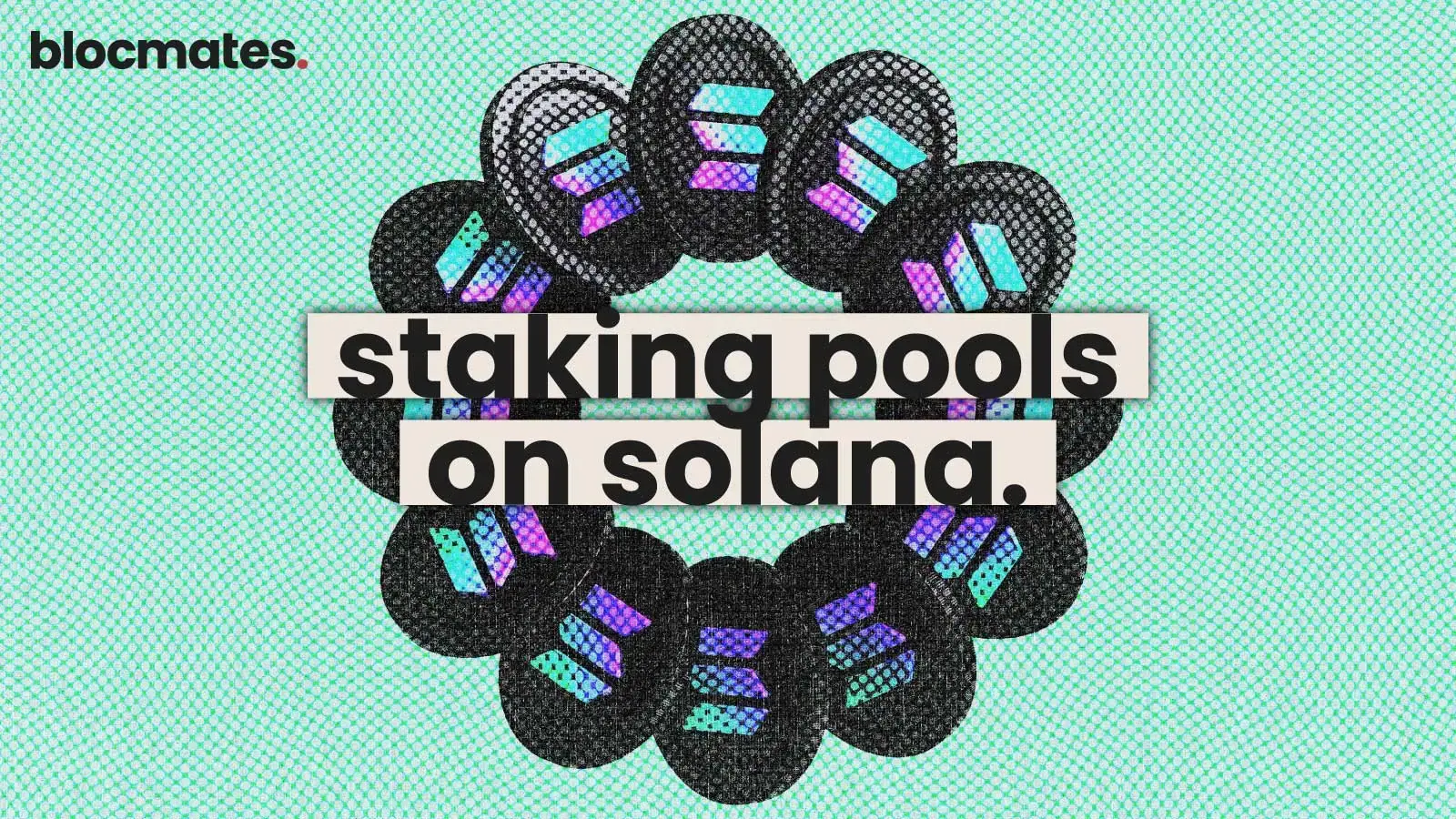





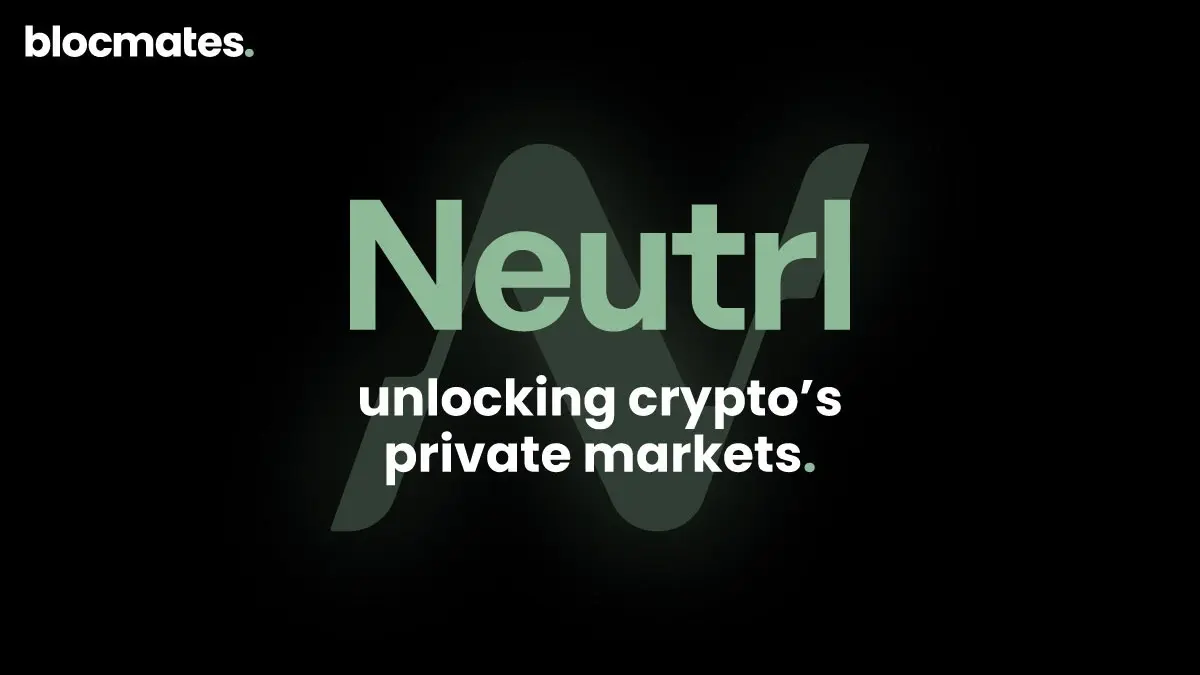


.webp)

.webp)
.webp)
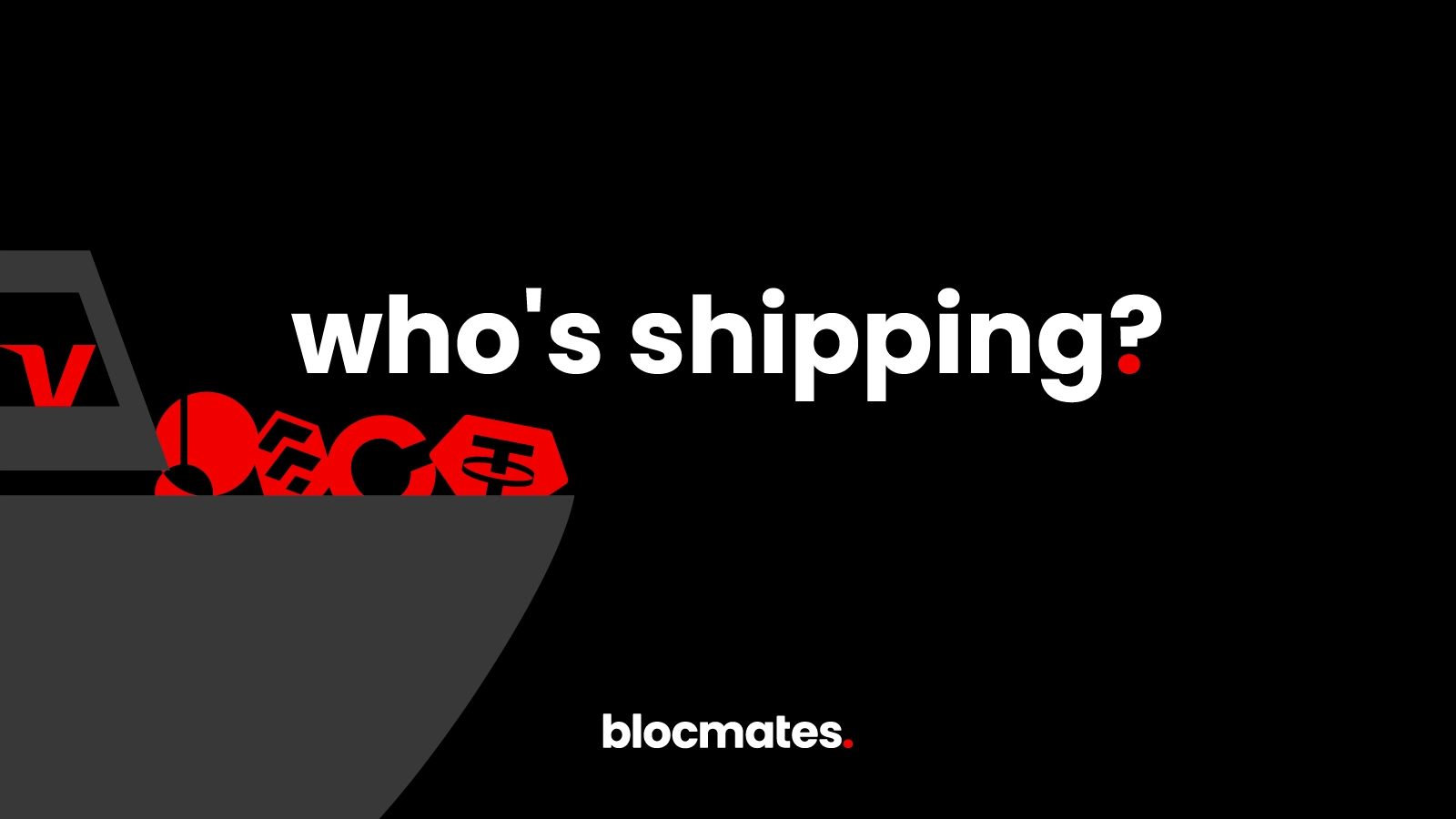
%20(1).webp)
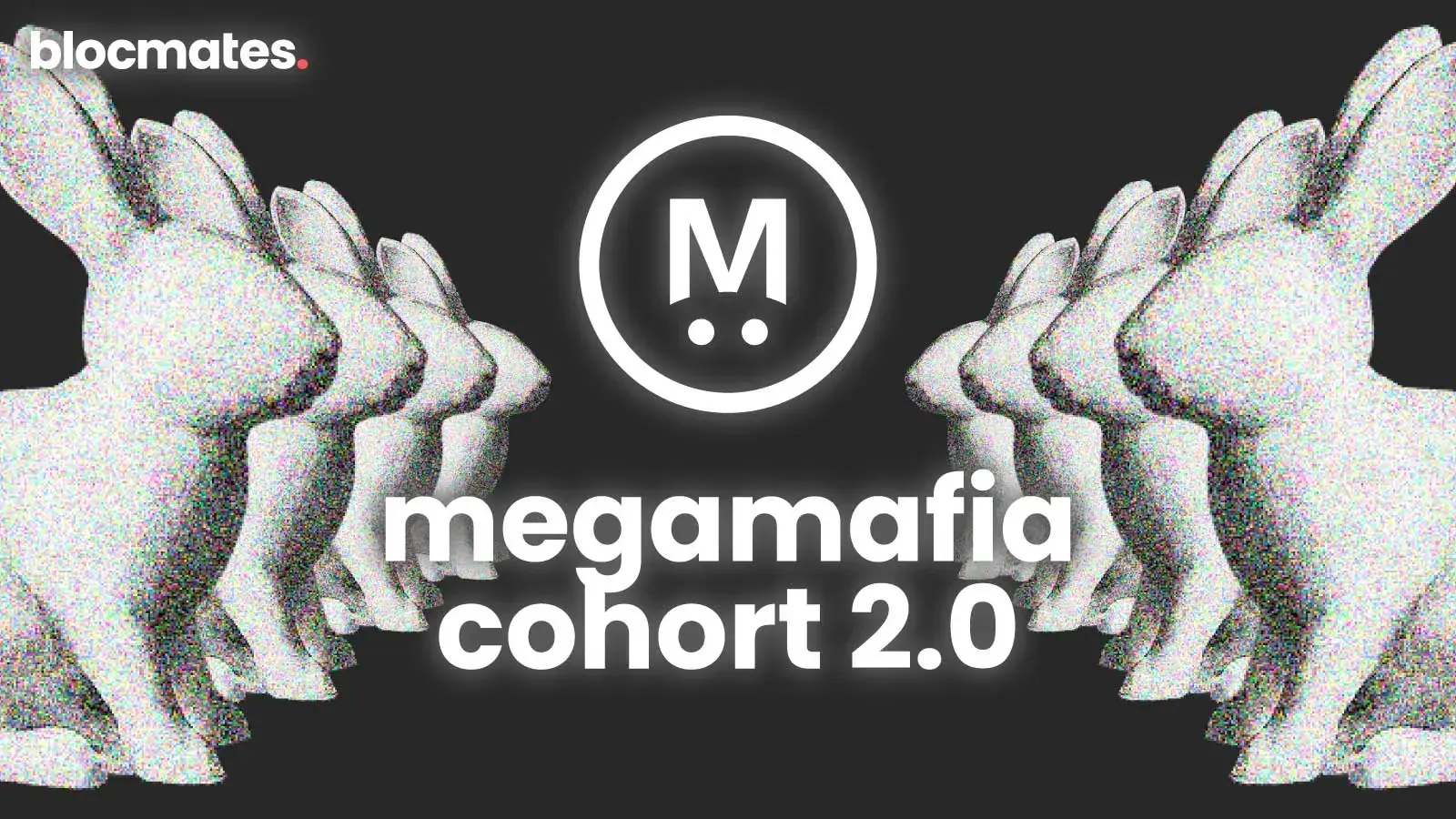
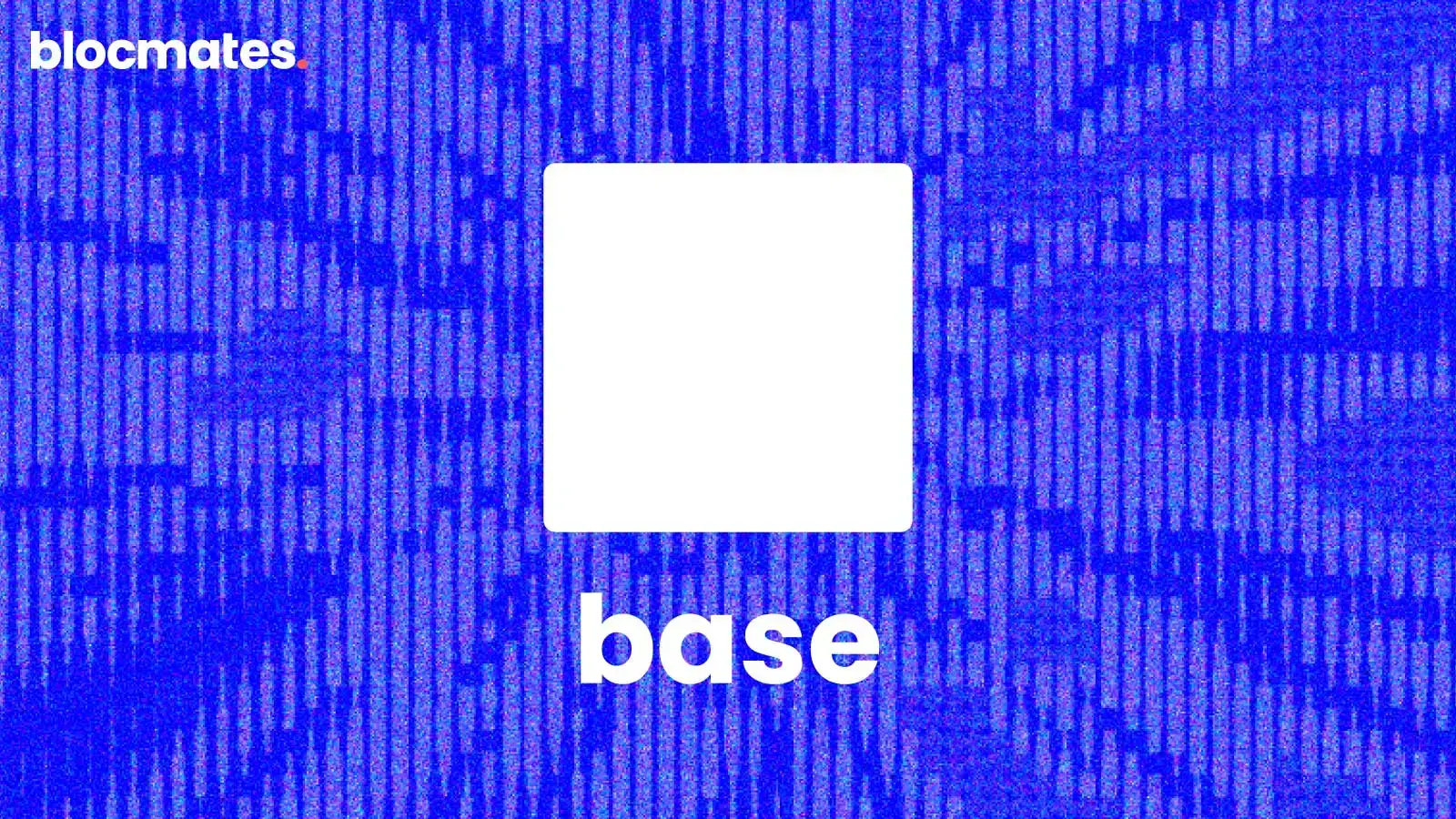
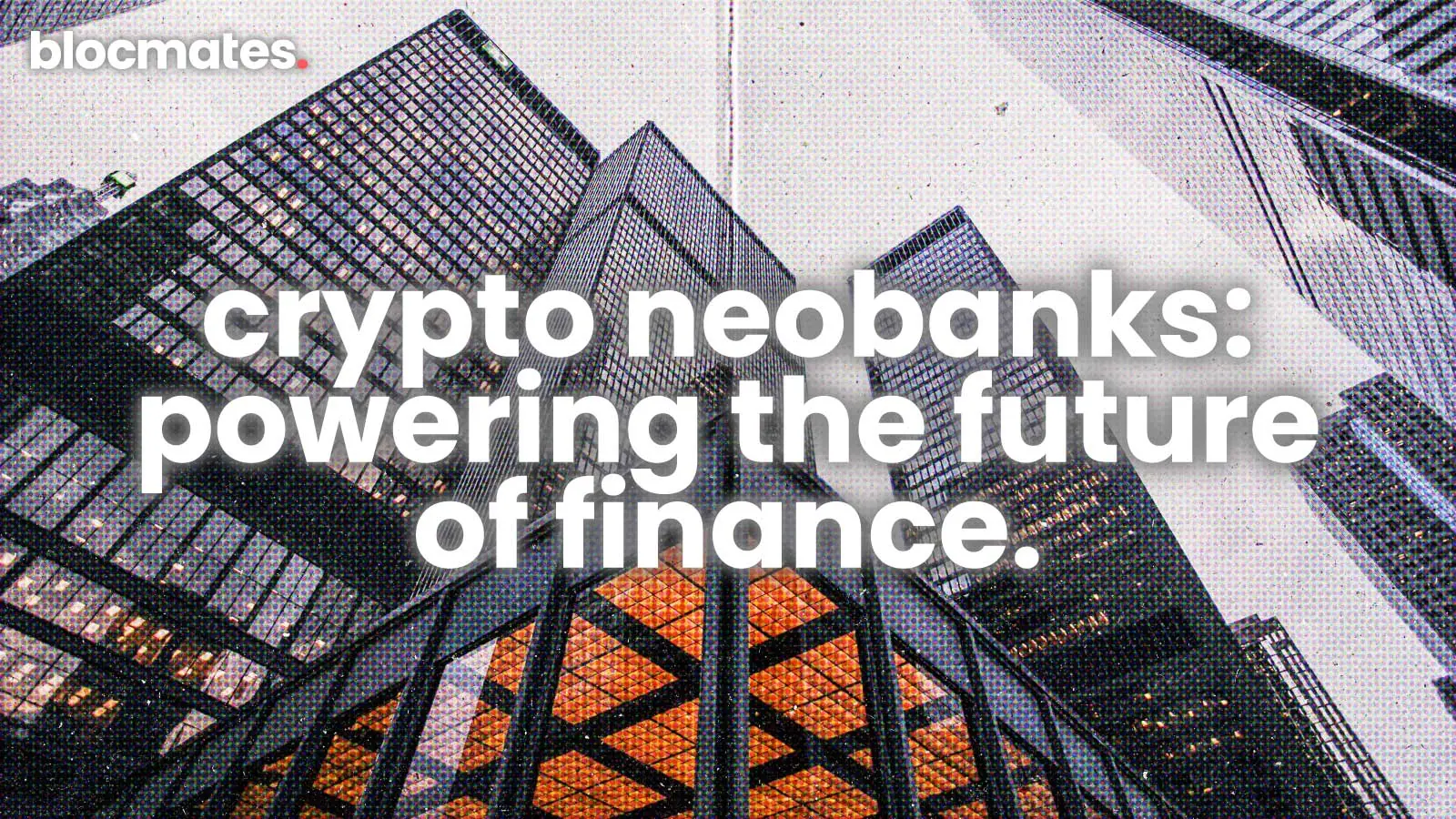


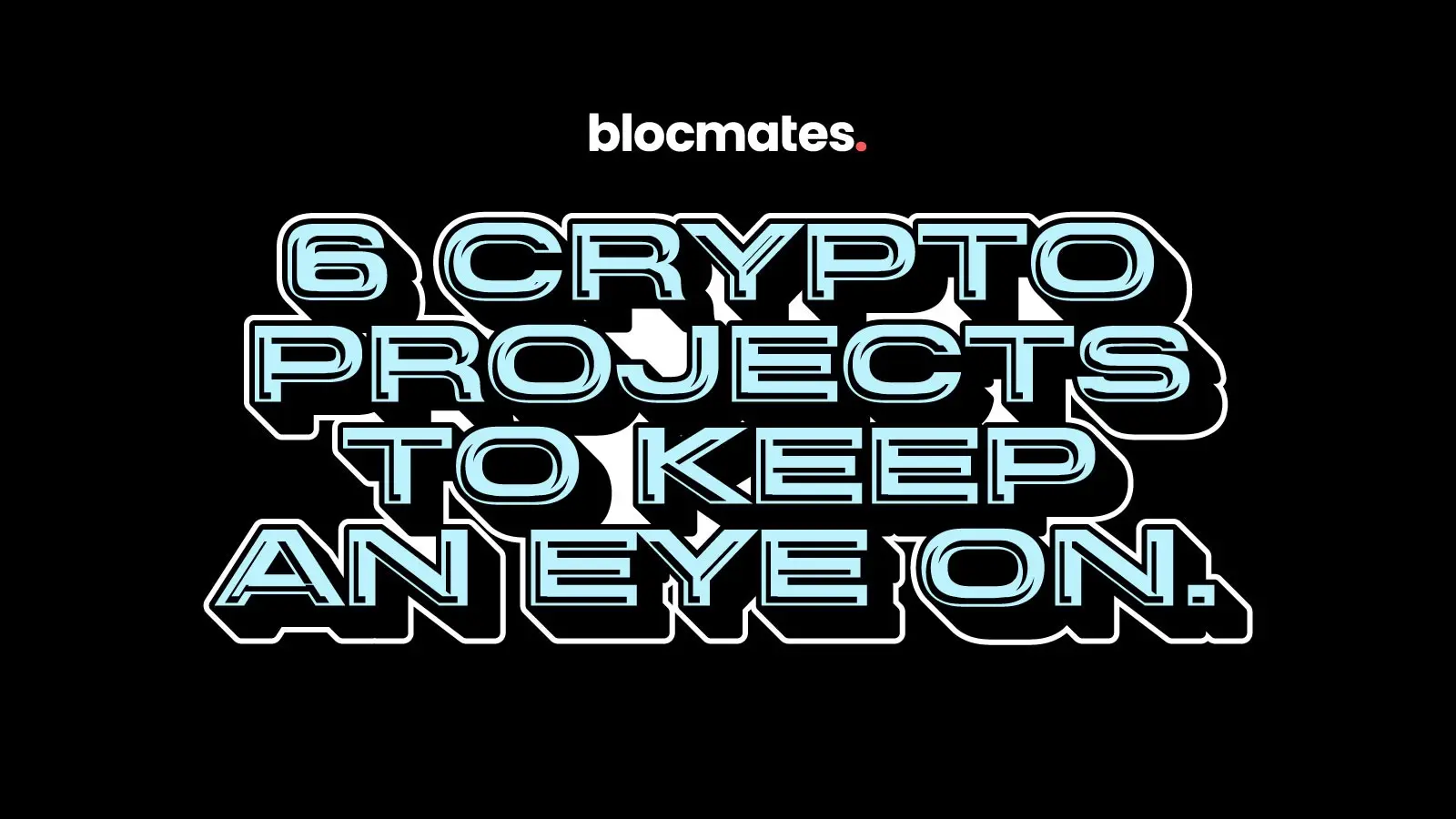
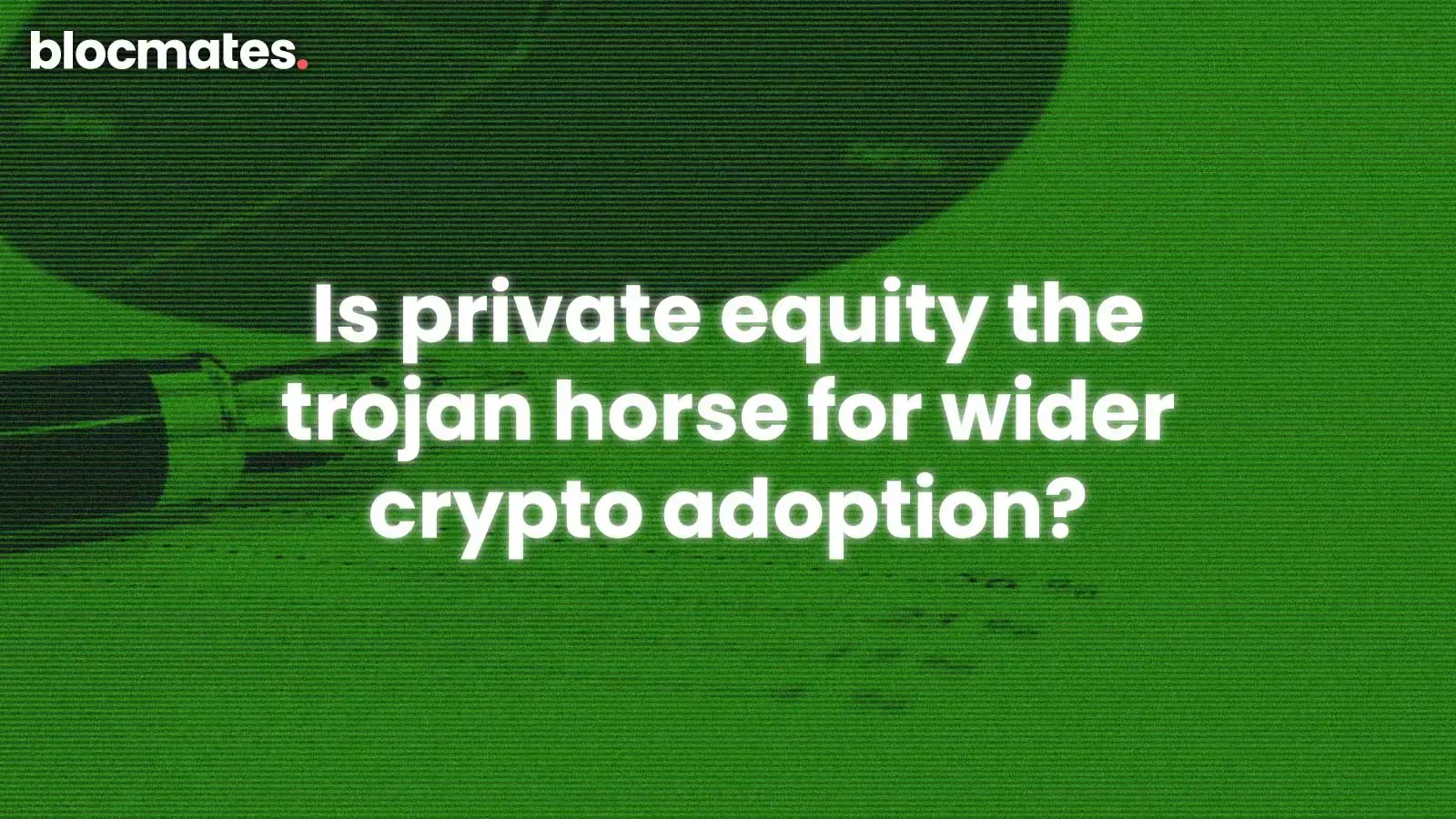
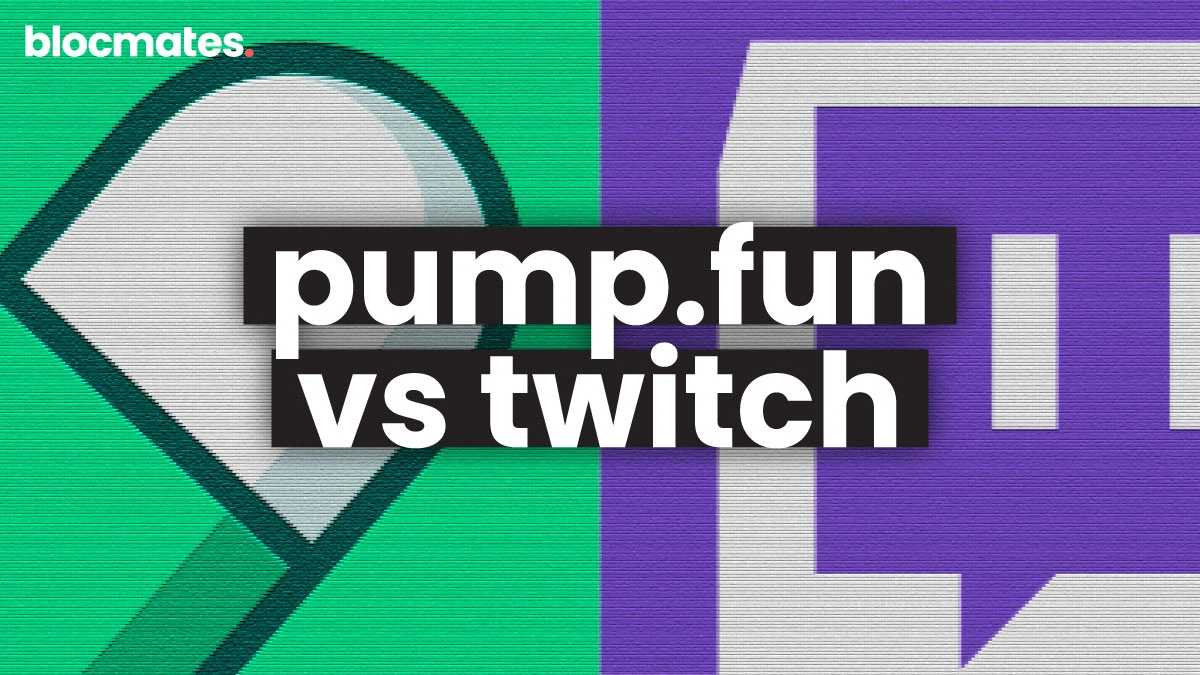

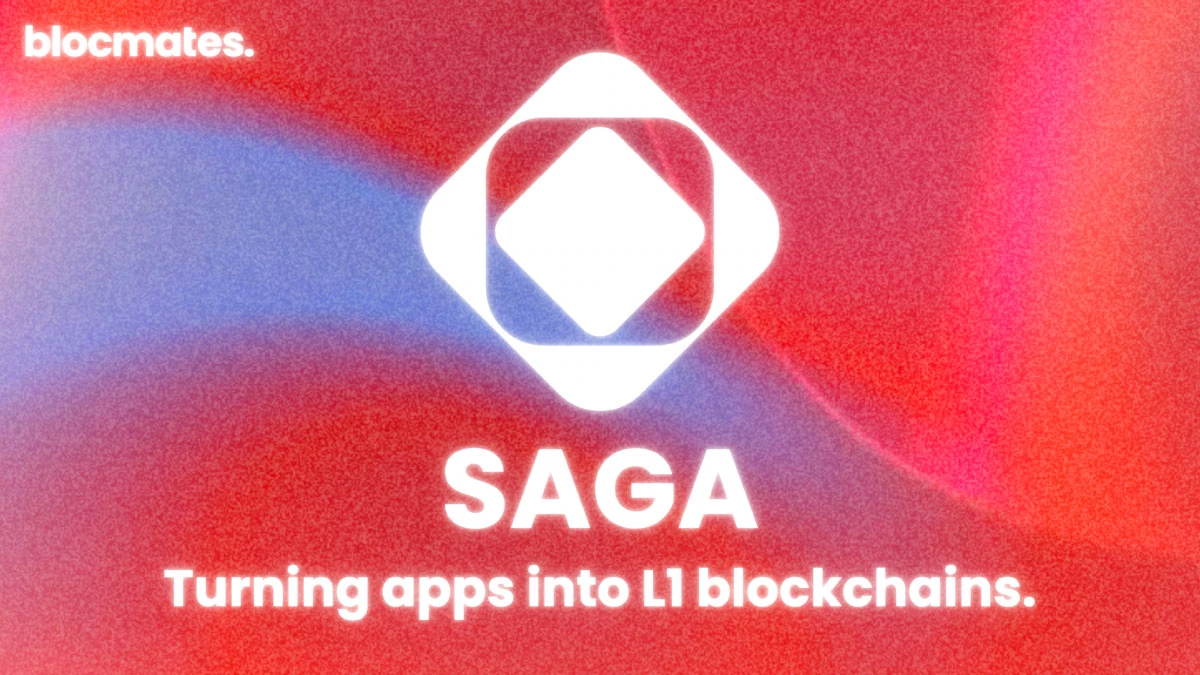

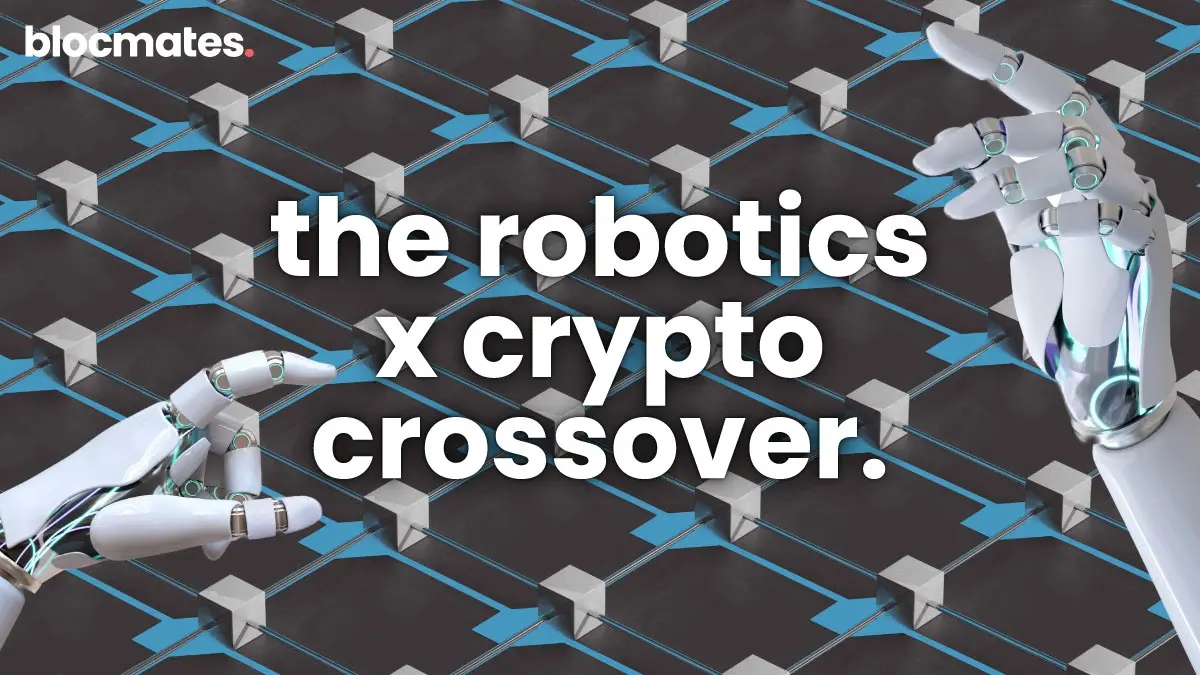
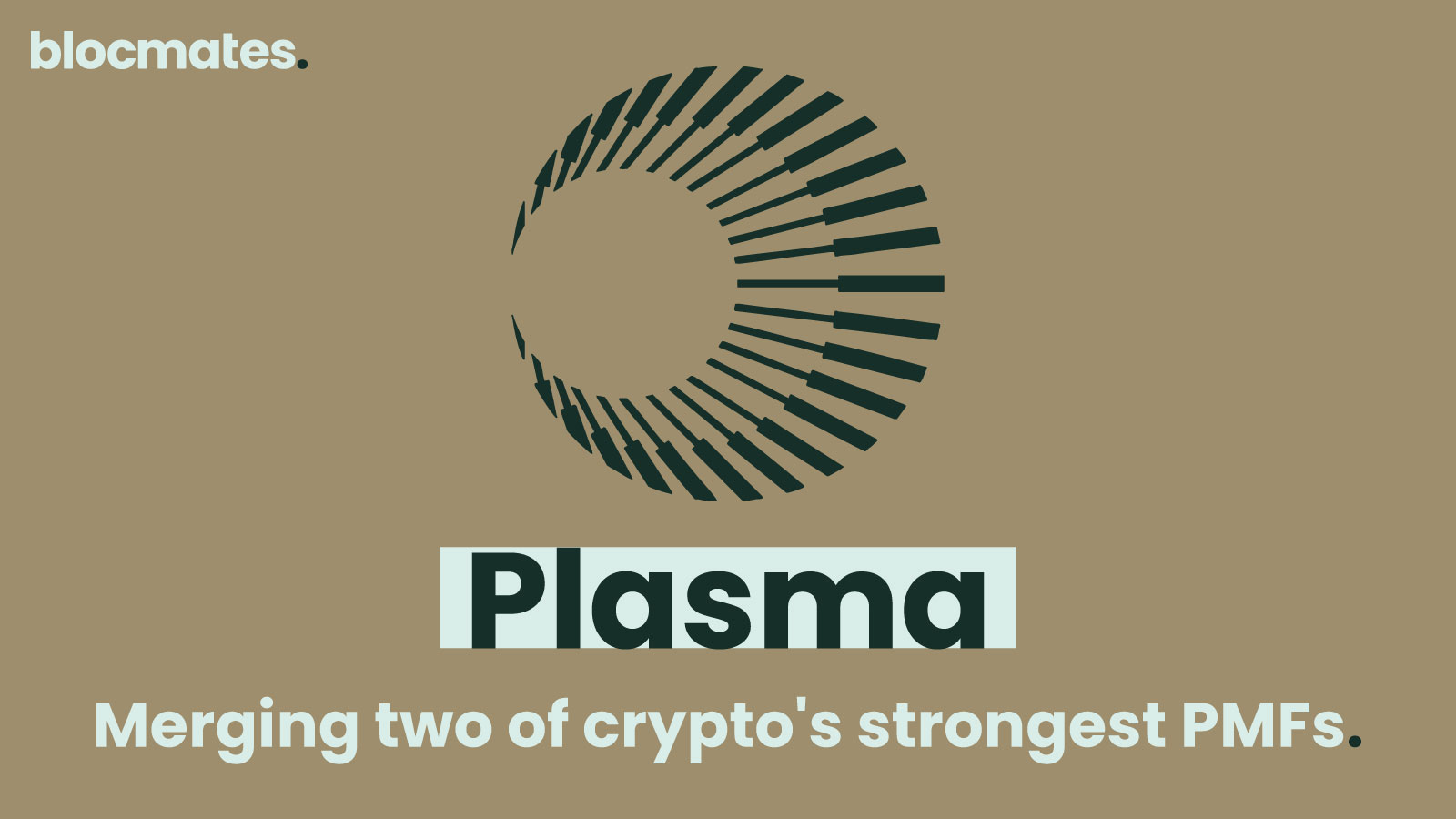

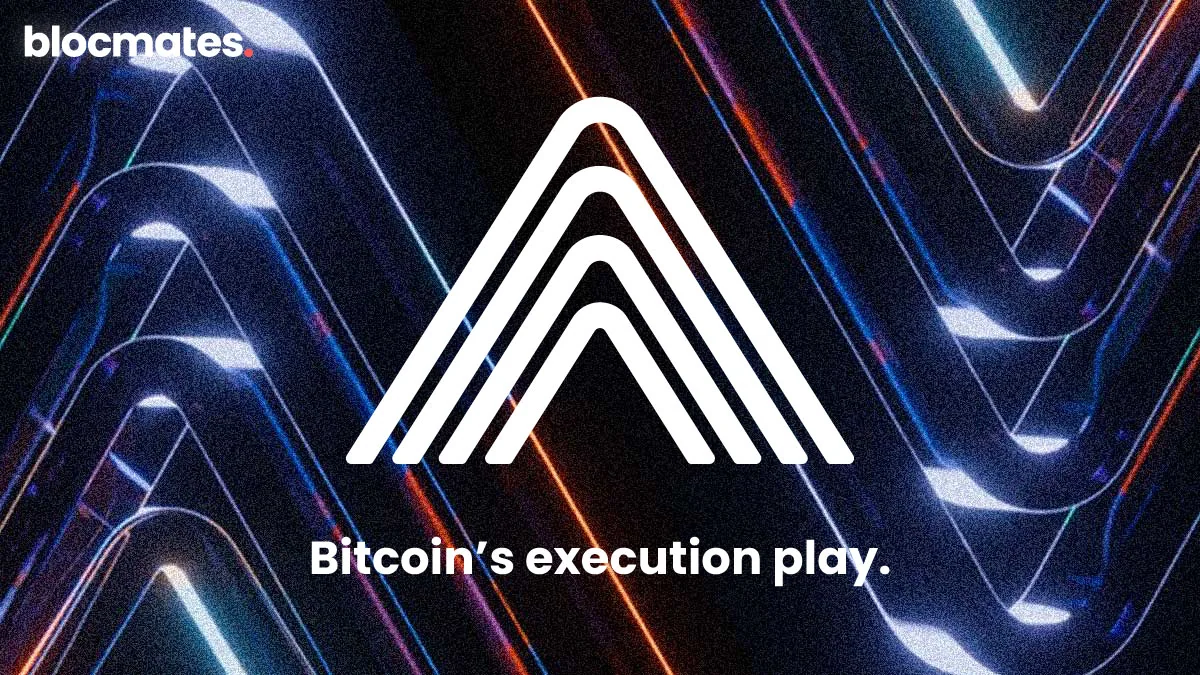
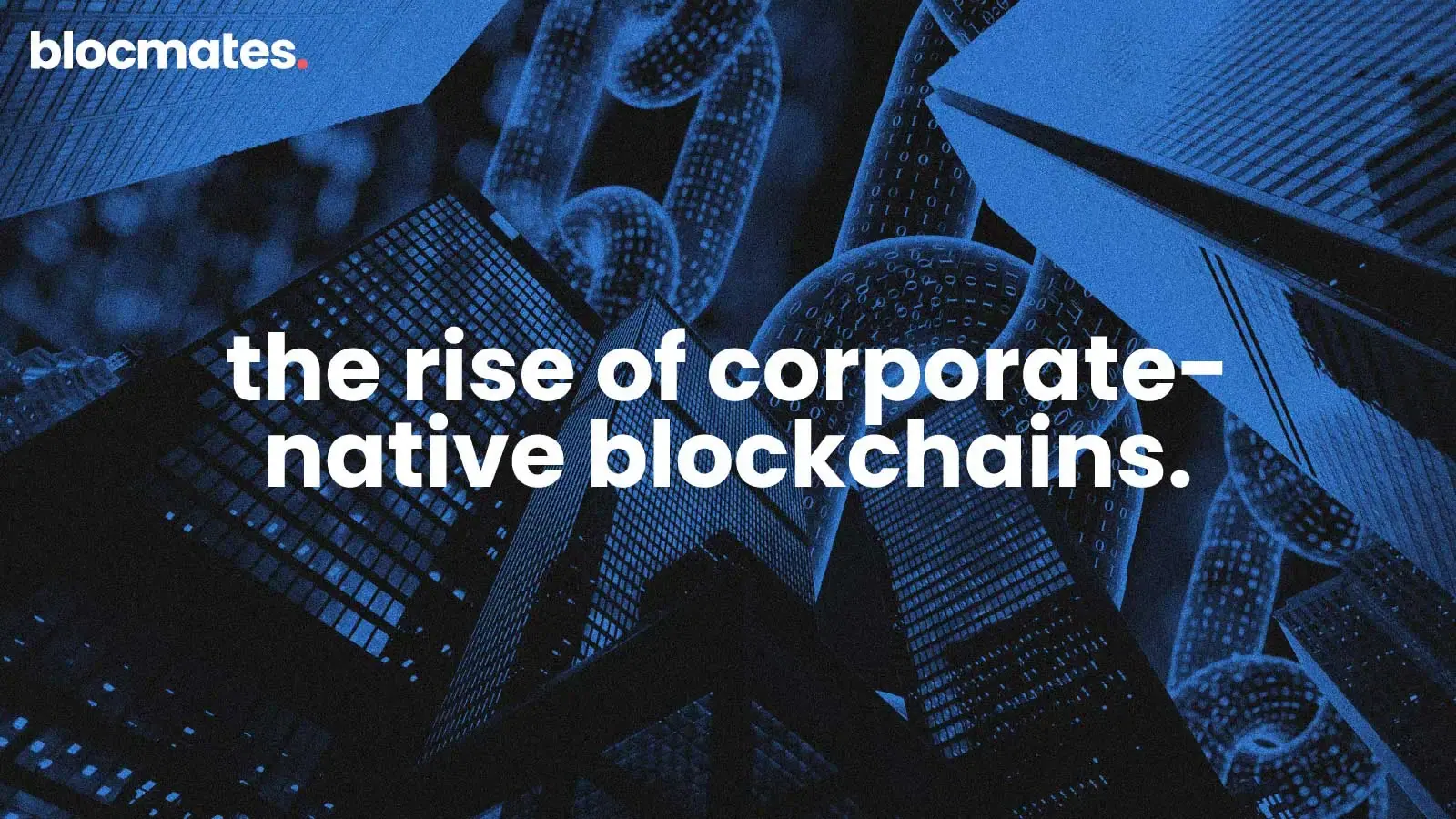
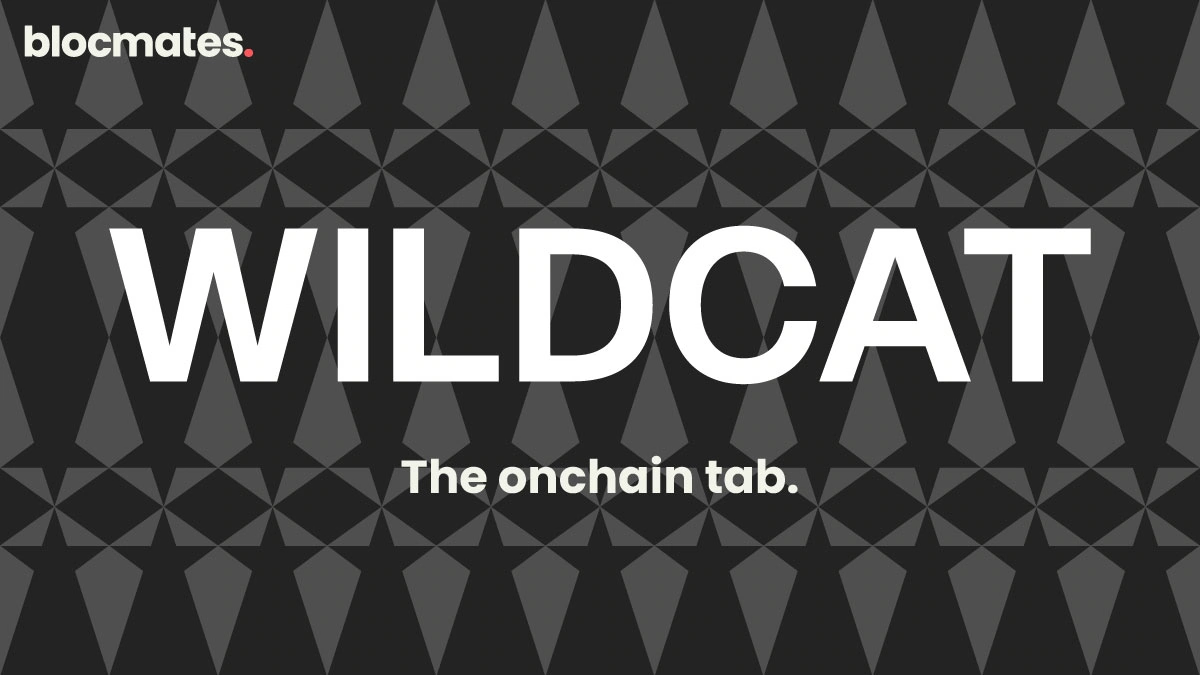
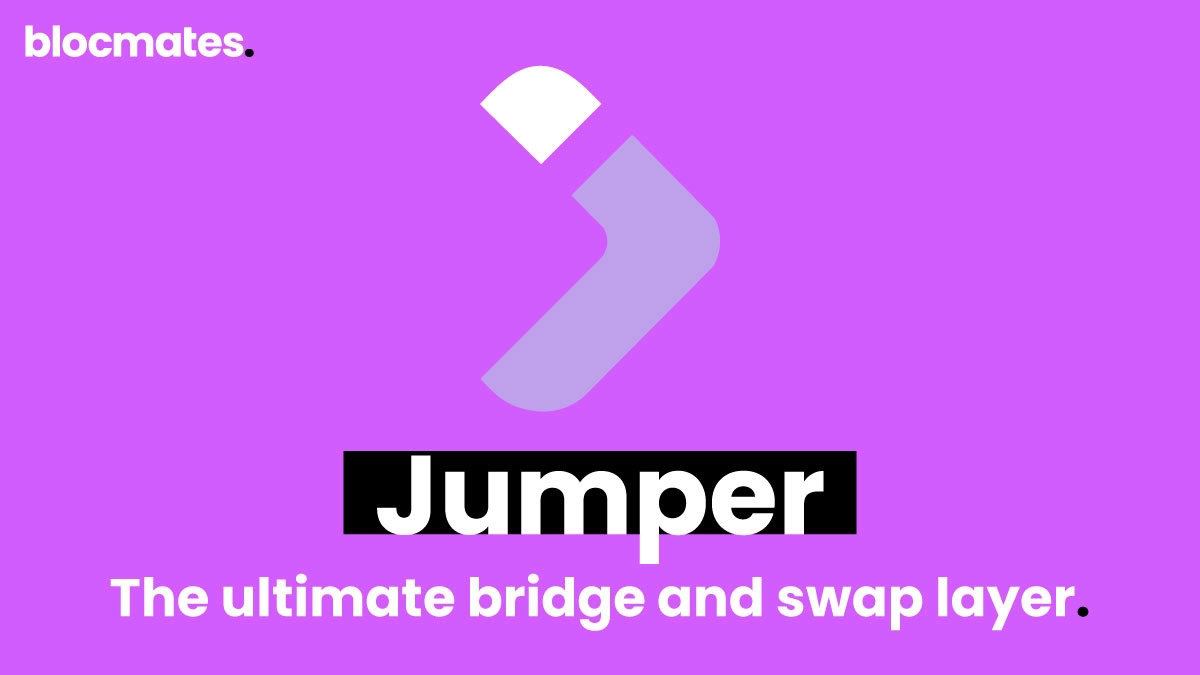
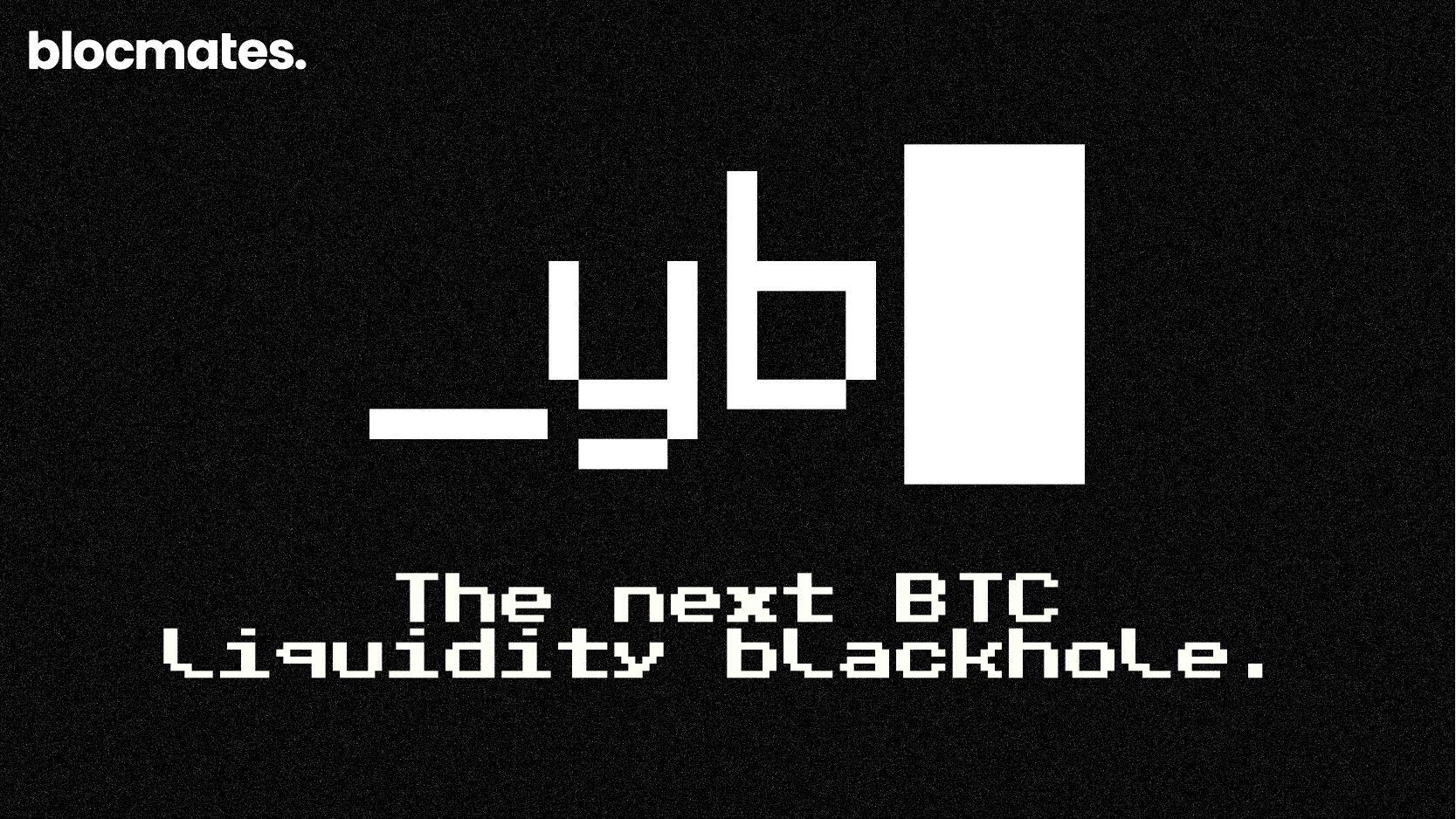
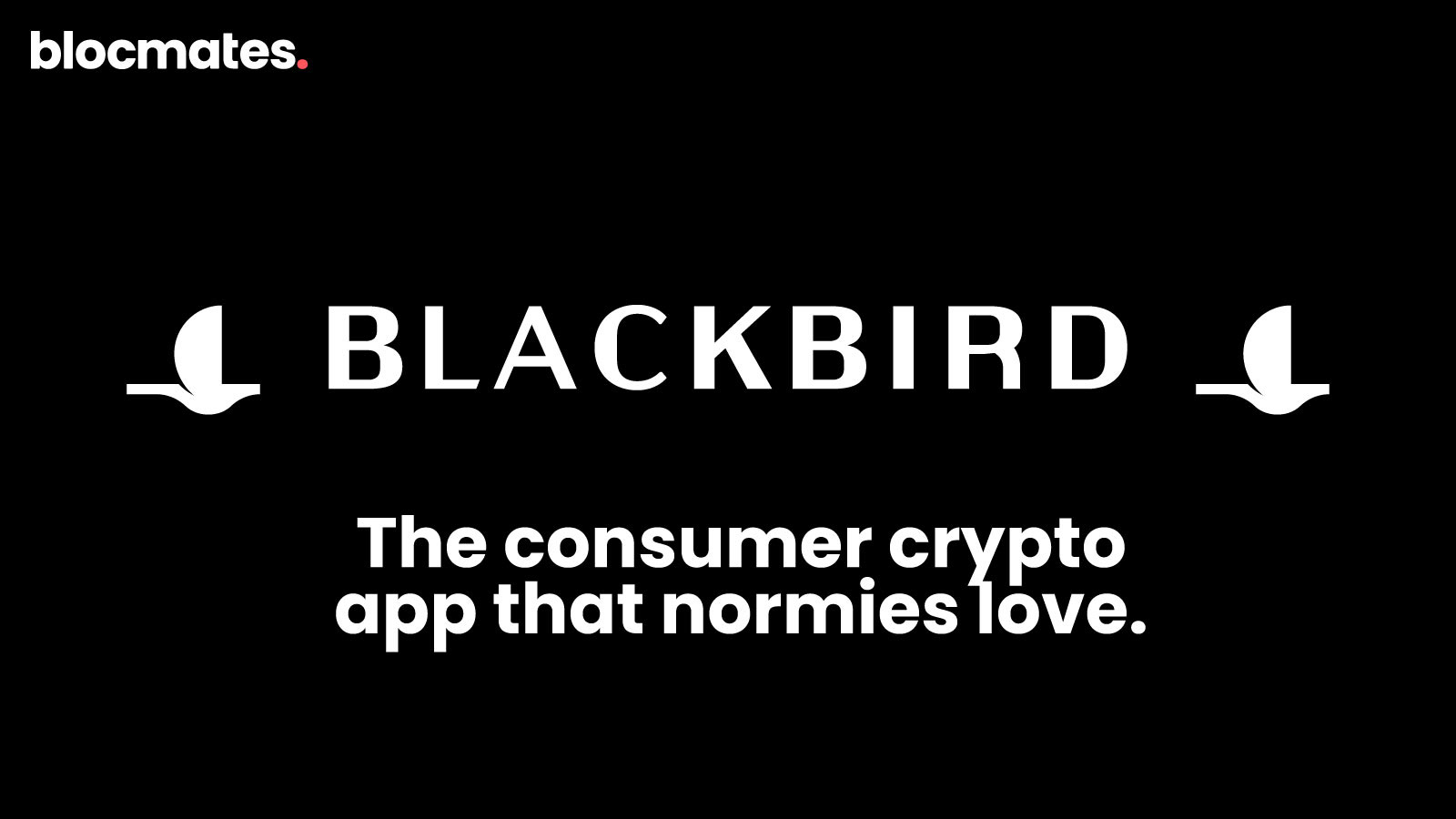
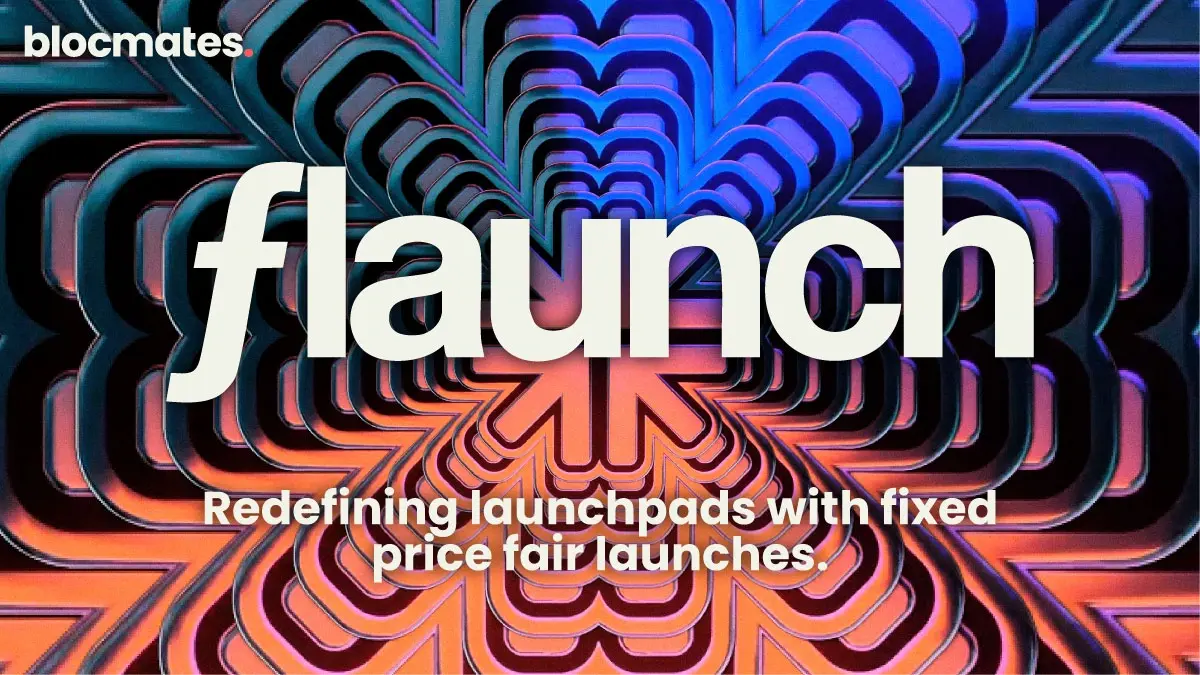

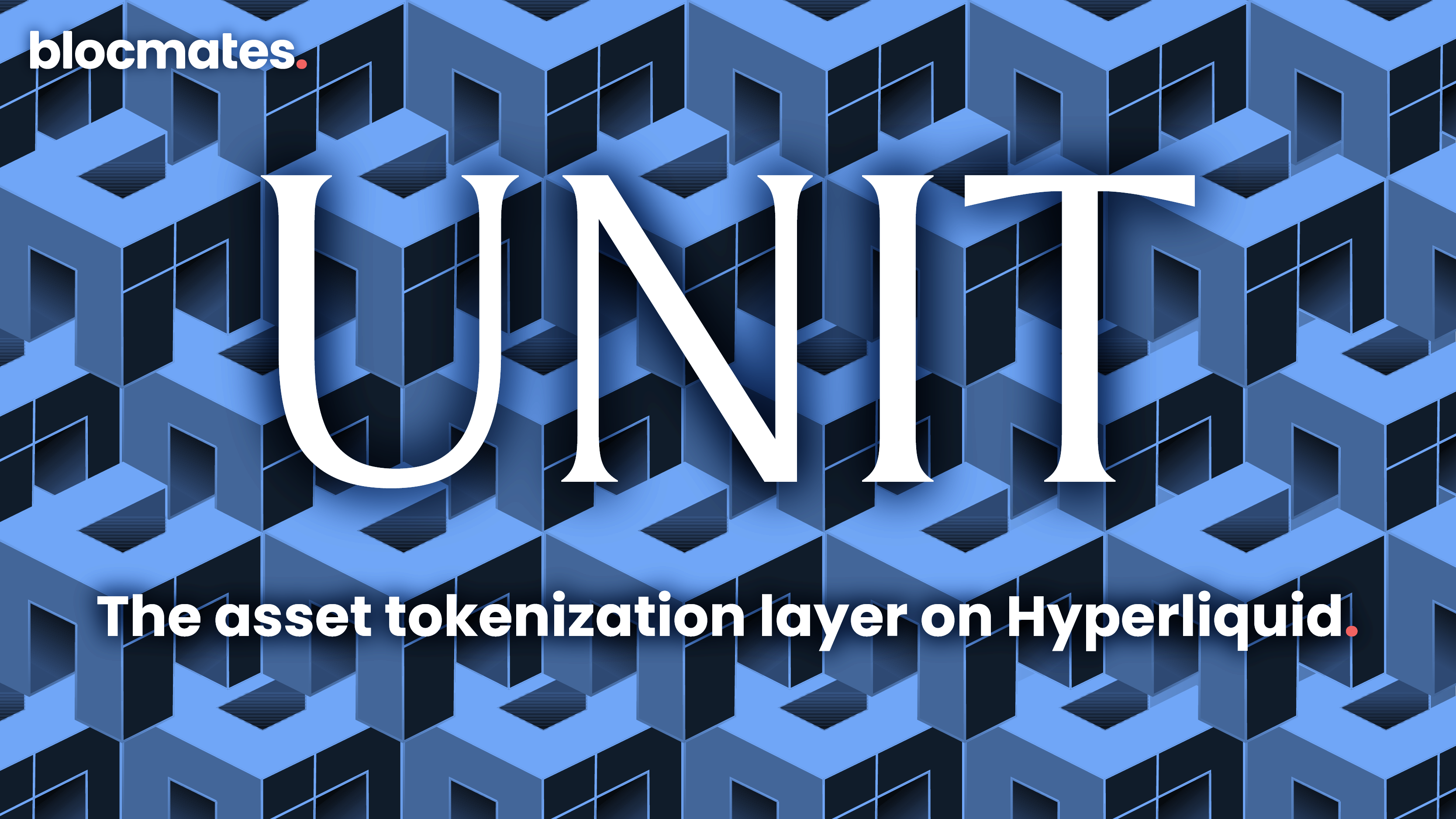




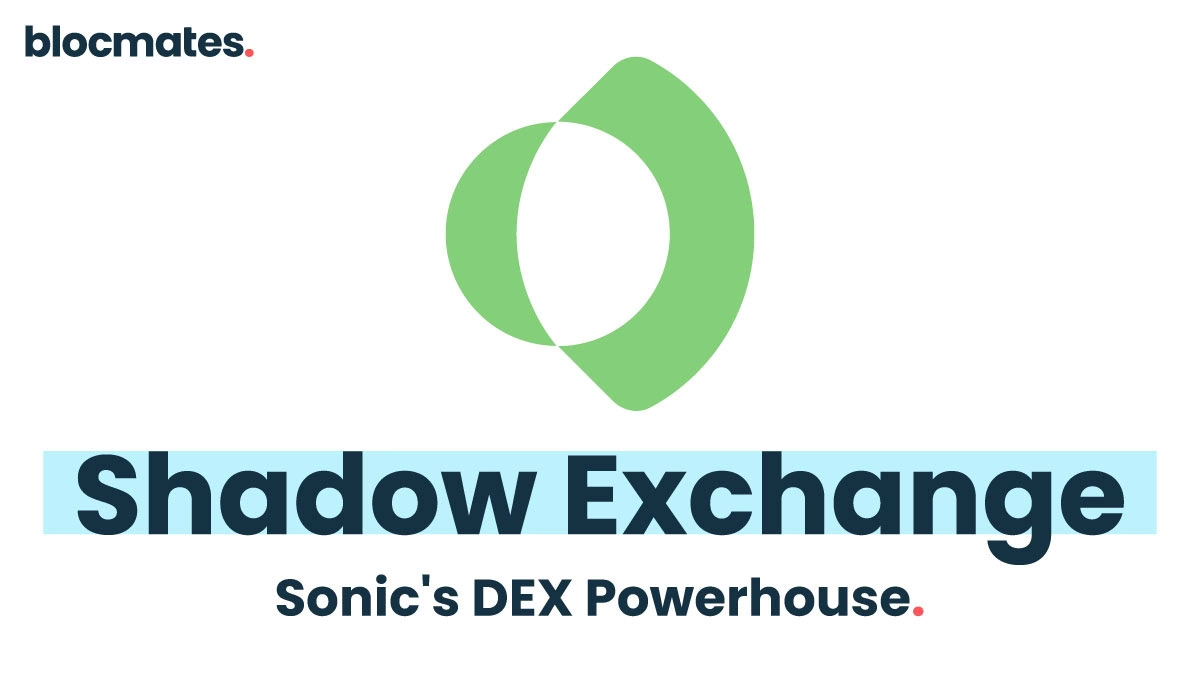


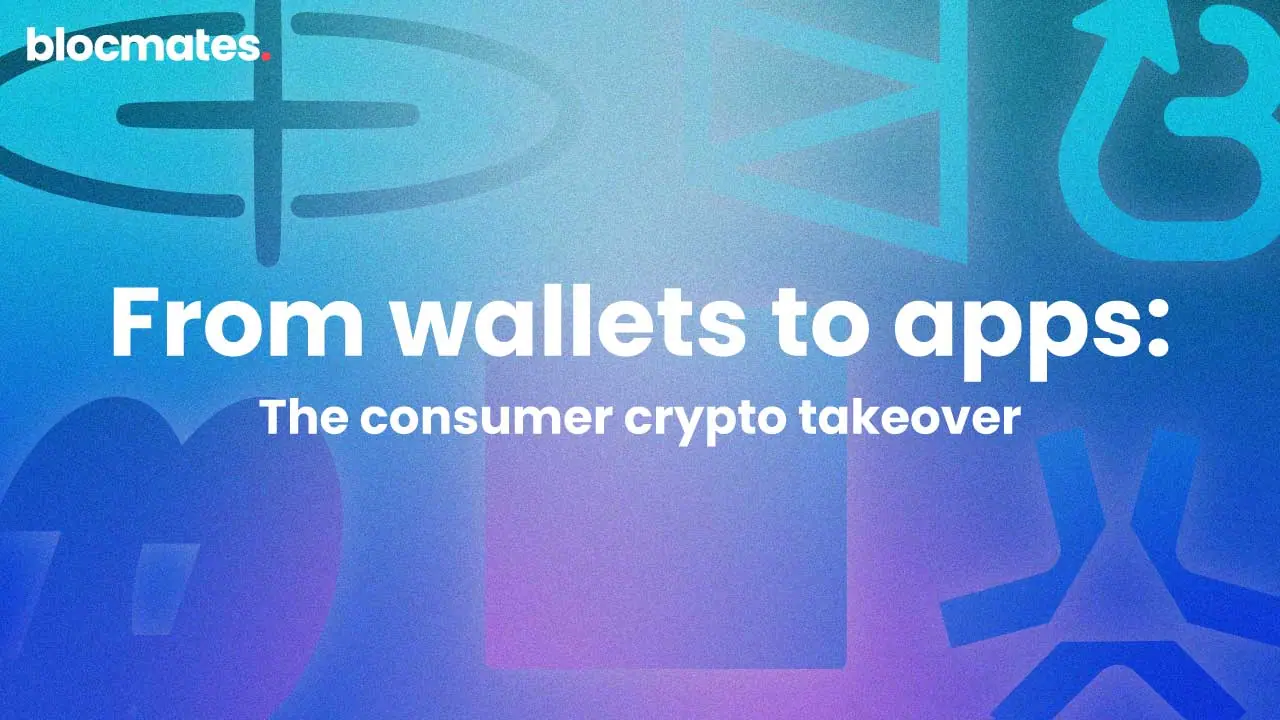


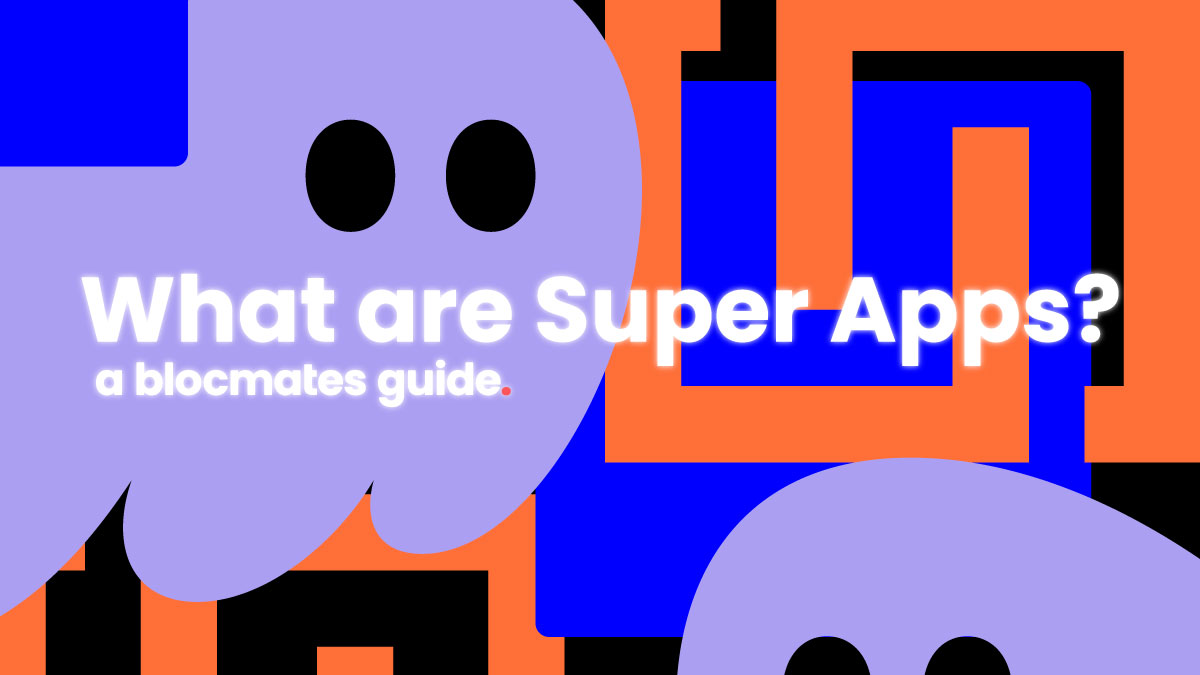
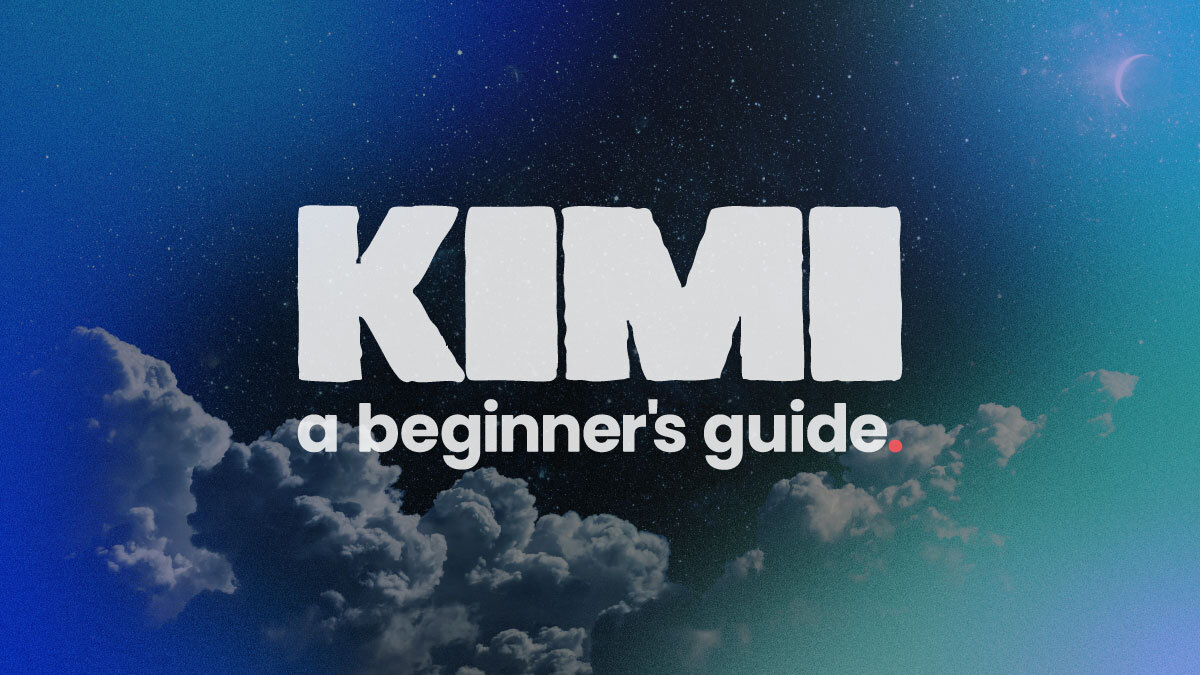
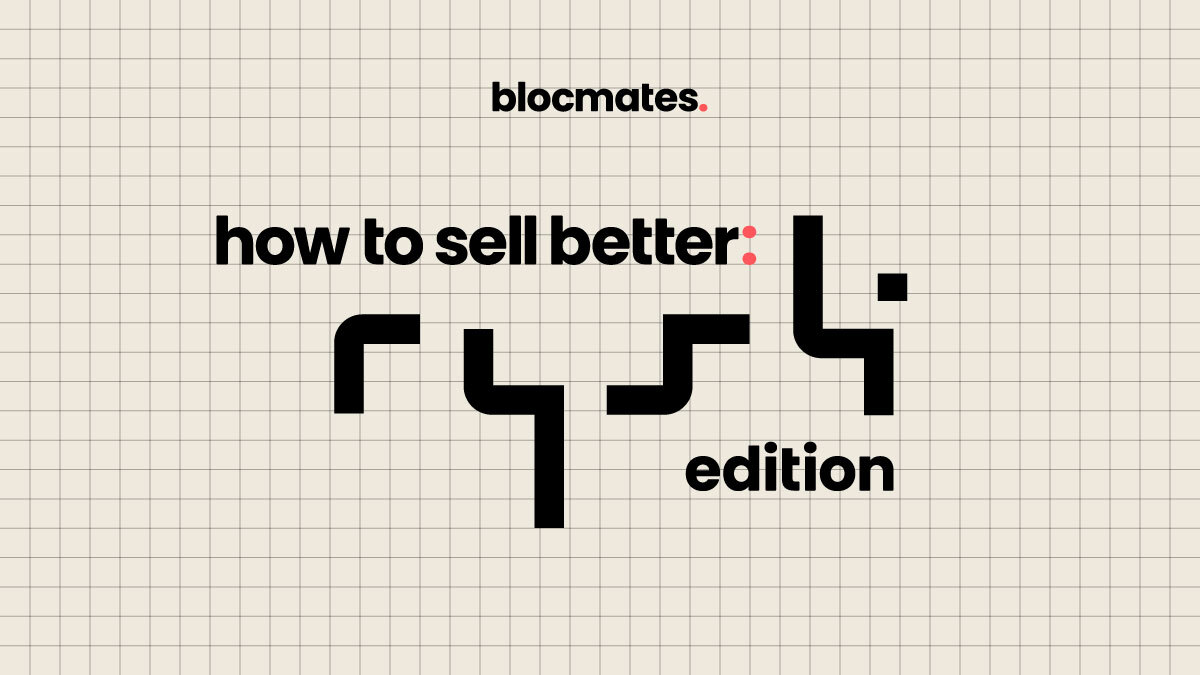
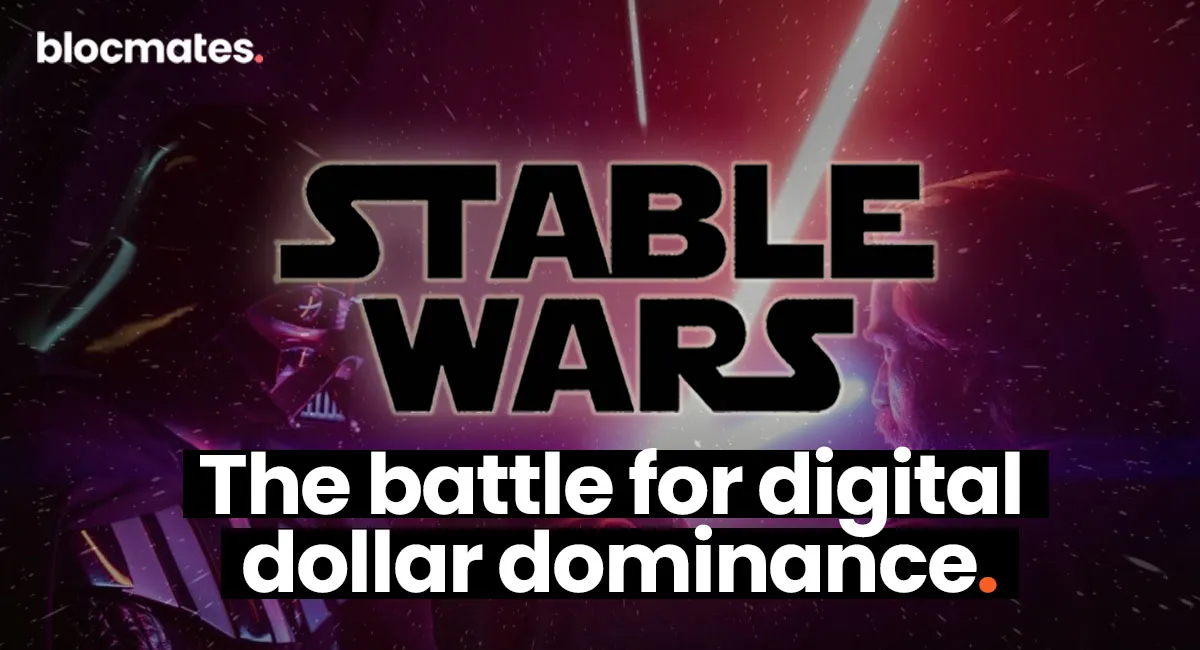

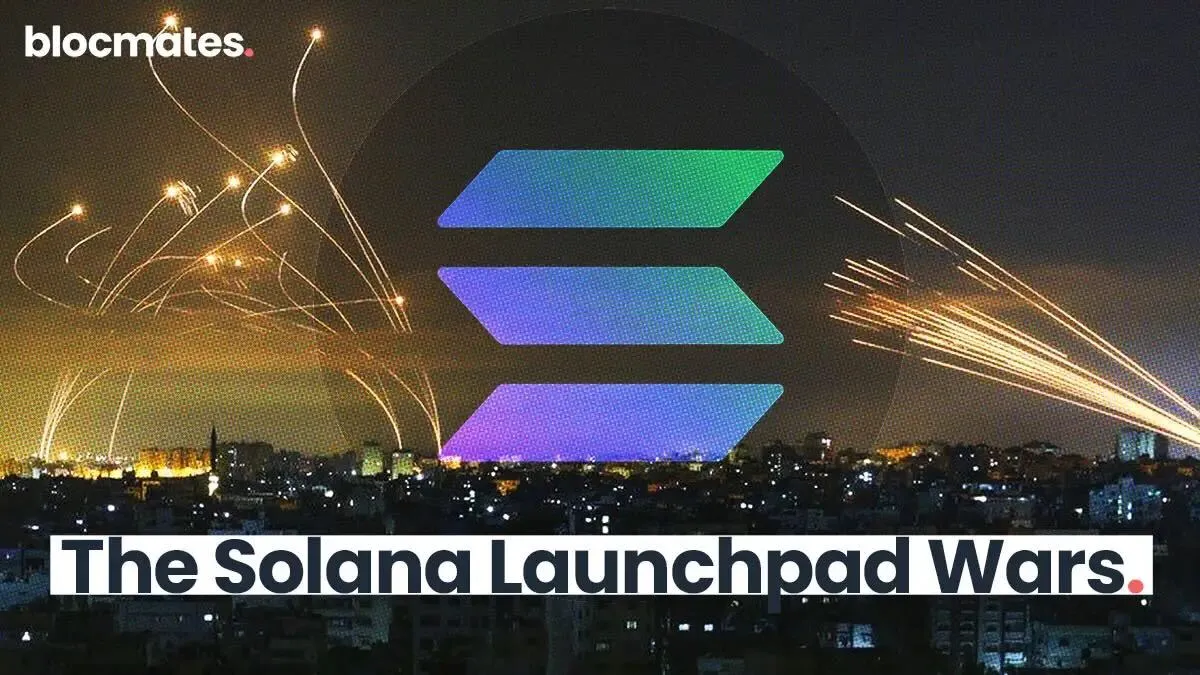




















%202.webp)


.webp)

.webp)
.webp)
.webp)



.webp)

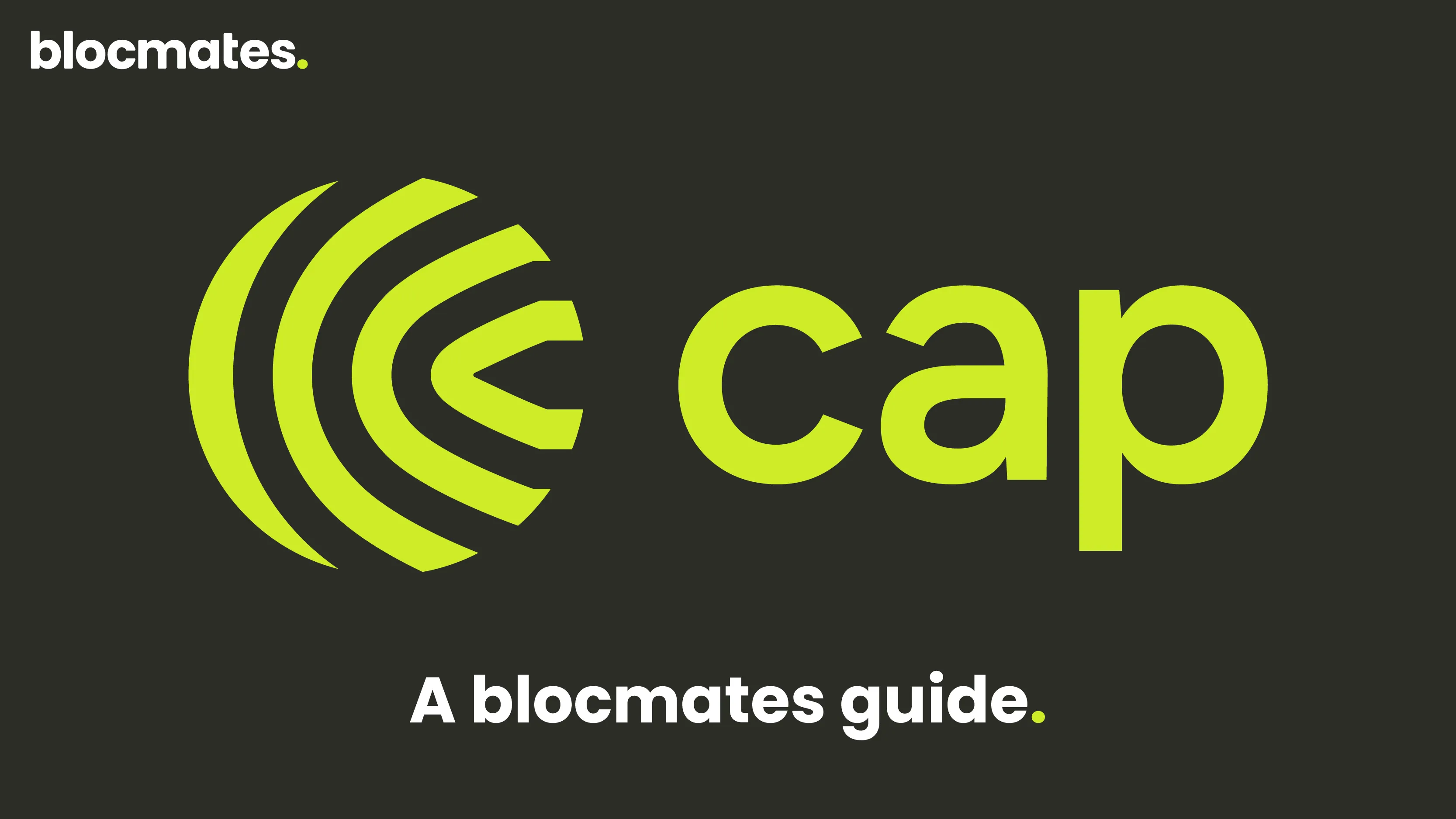










%20the%20Next%20Big%20Unlock%20in%20AI.webp)




.webp)
.webp)

.webp)
.webp)
.webp)


.webp)
.webp)










.webp)


.webp)









.webp)







.webp)
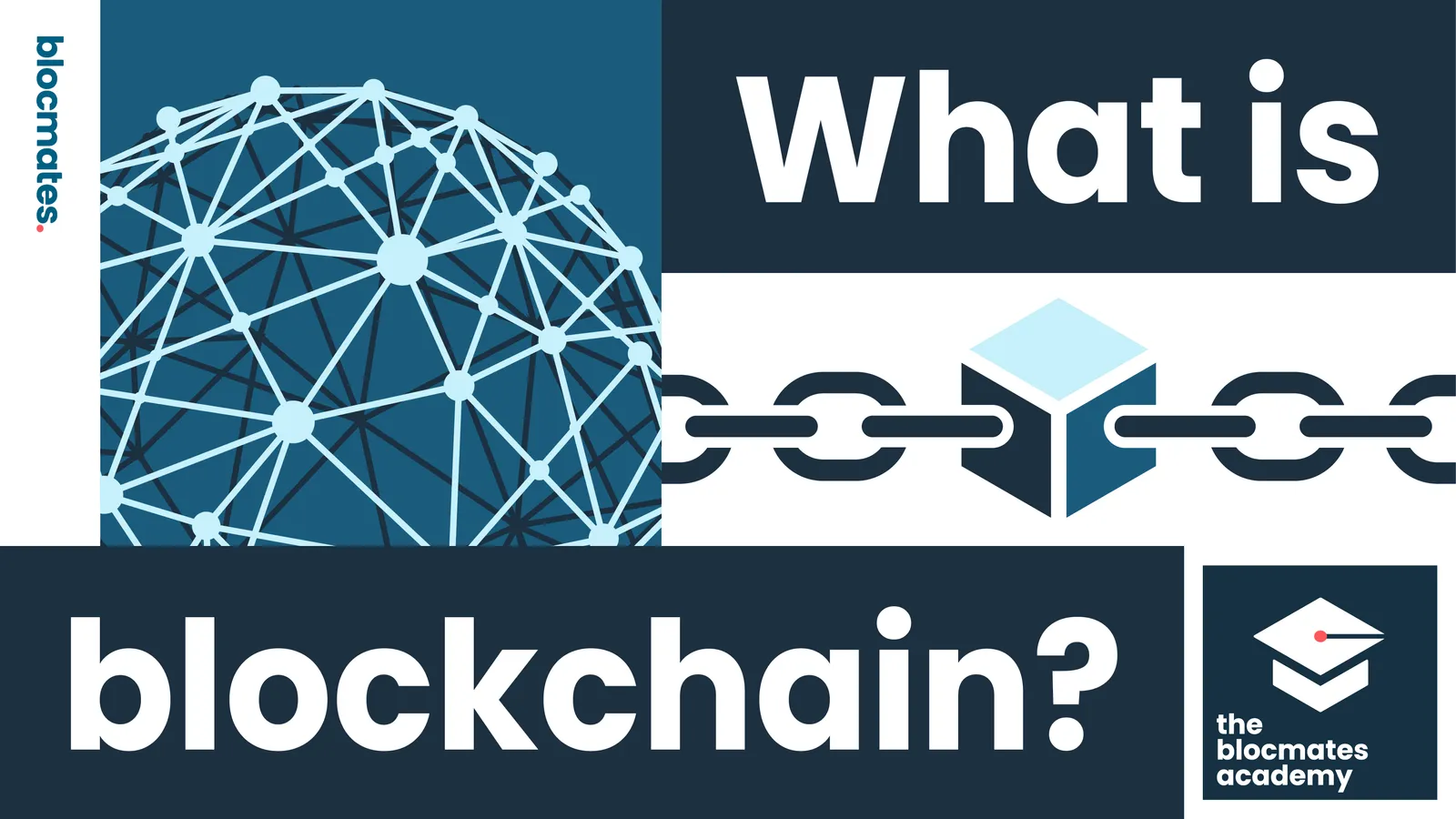



.webp)






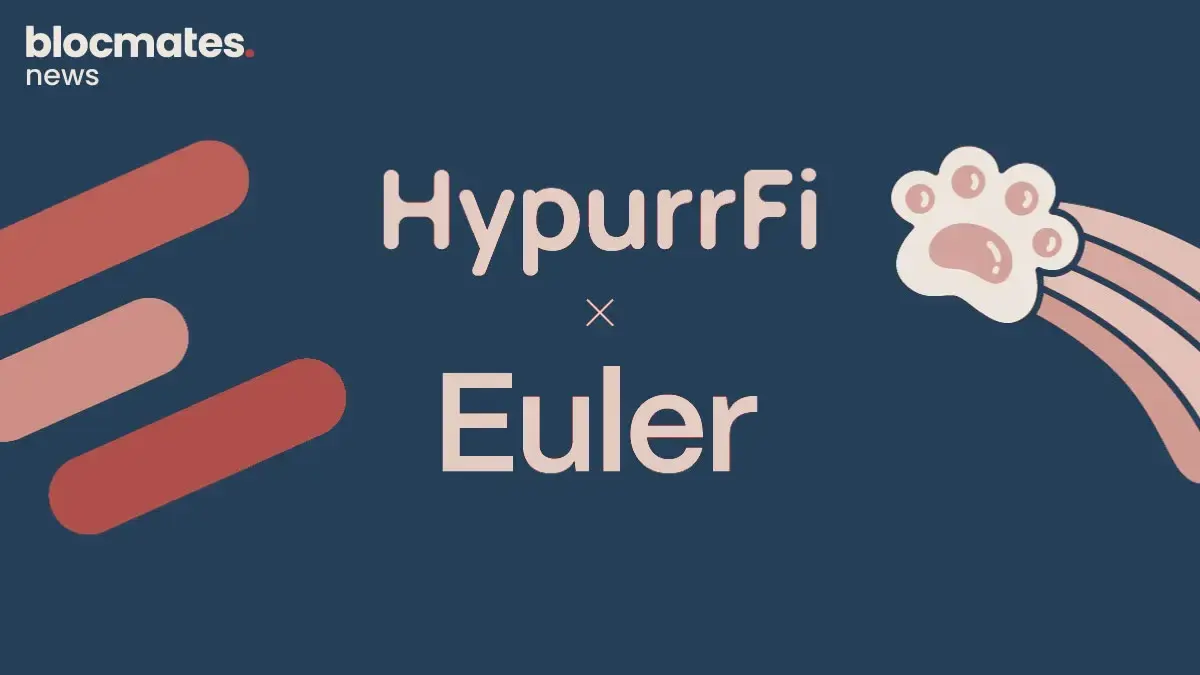







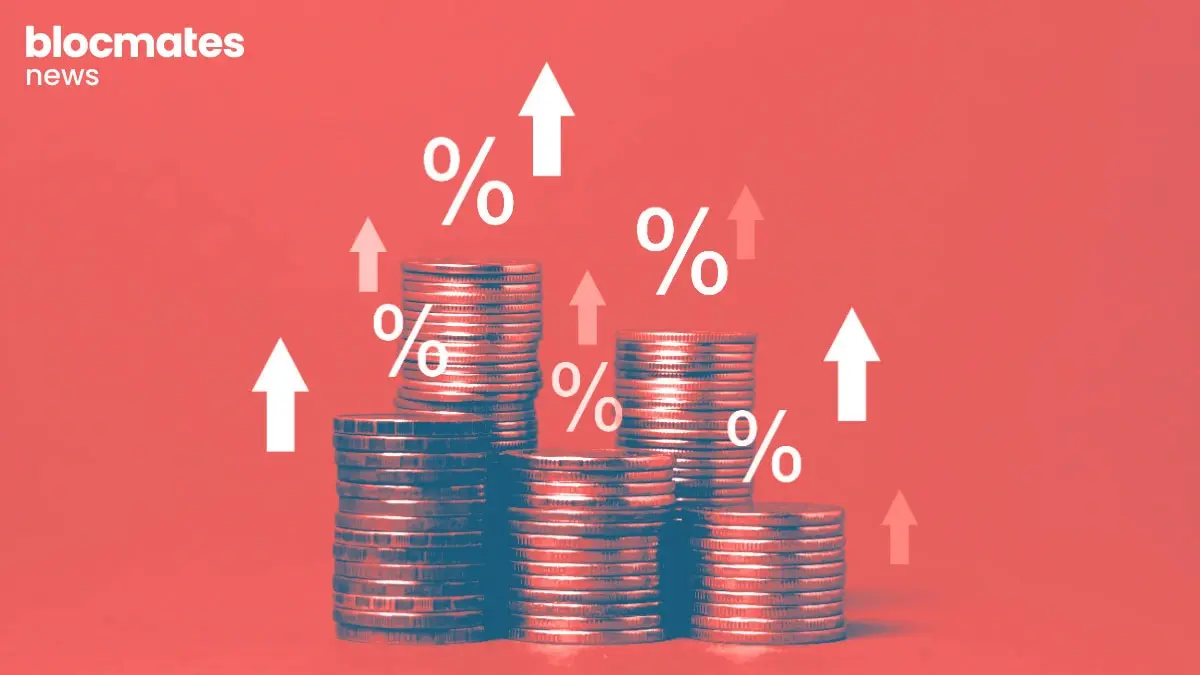

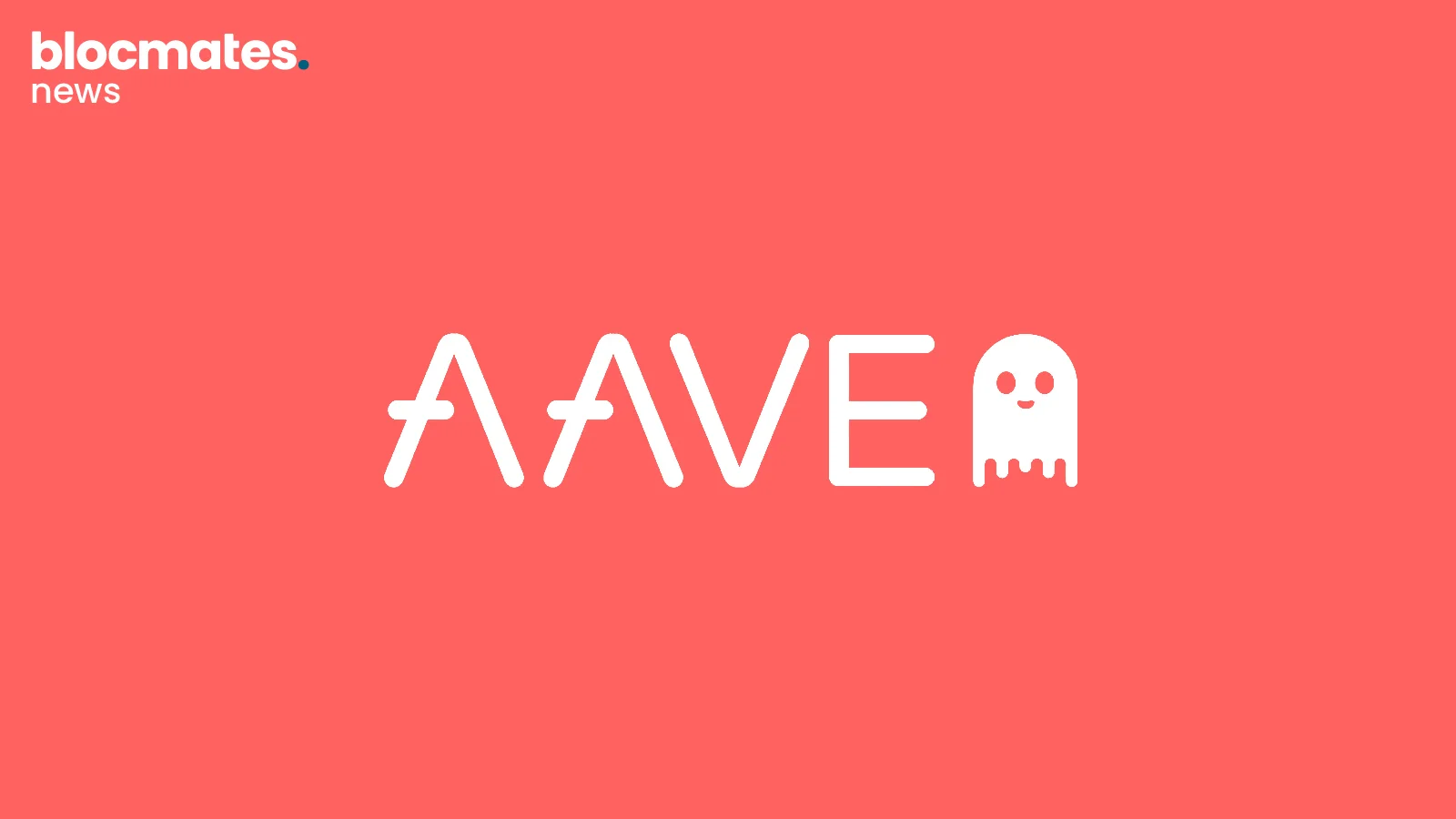
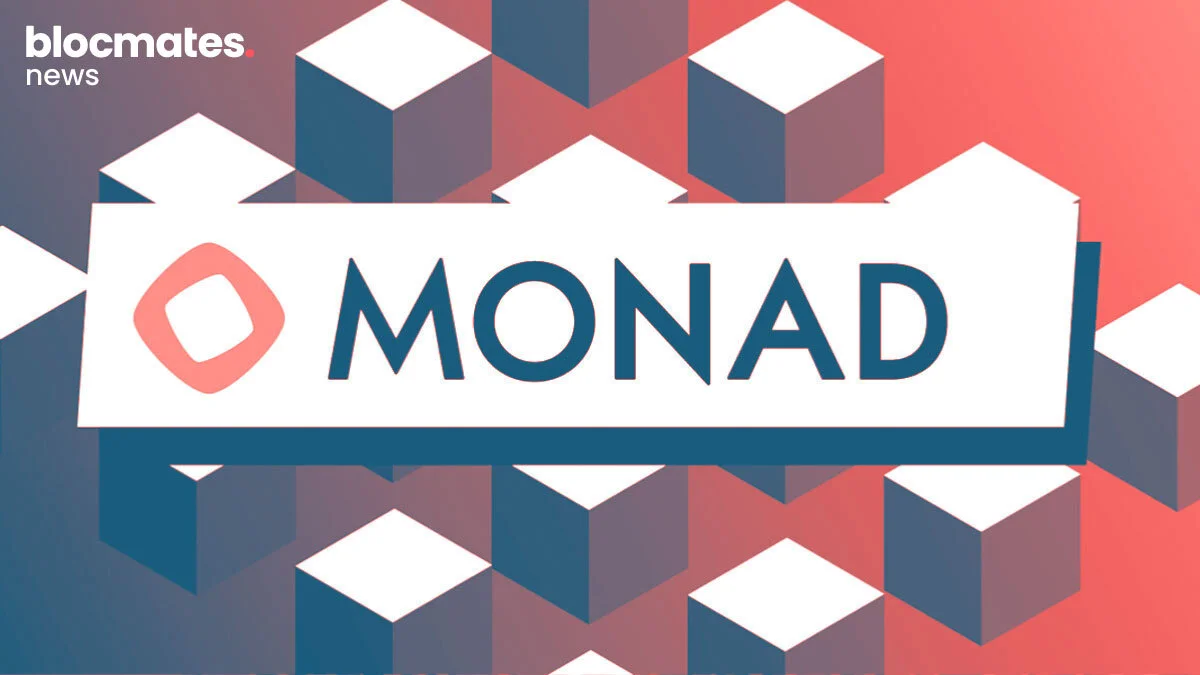
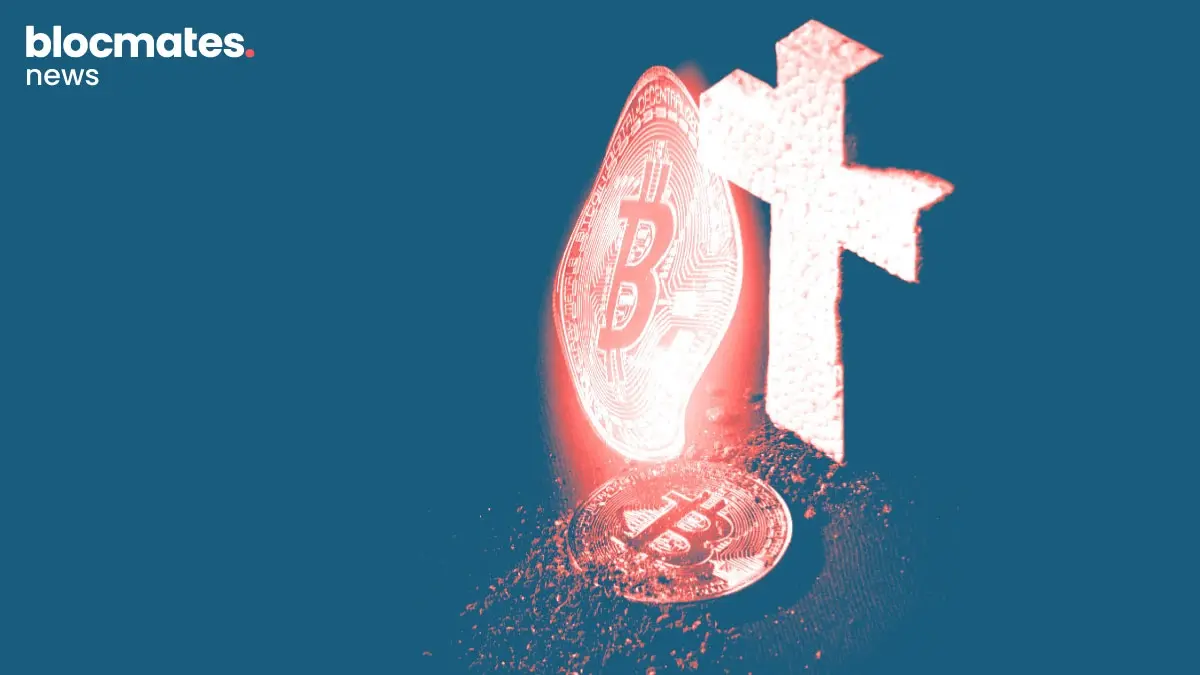

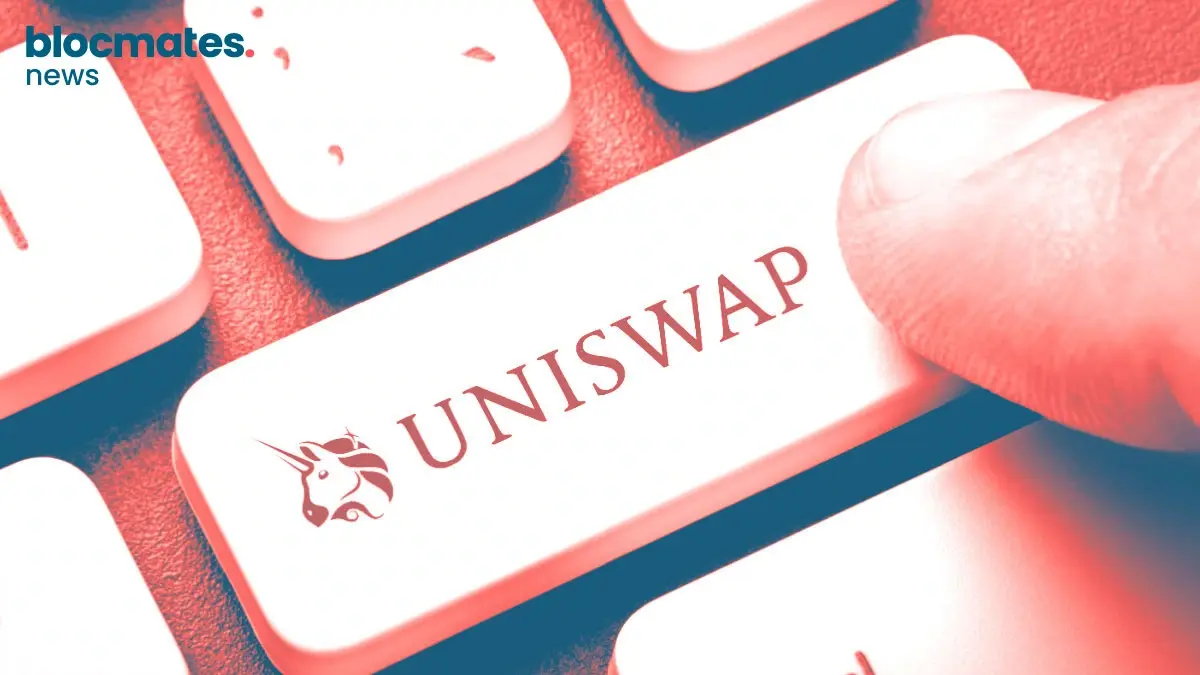

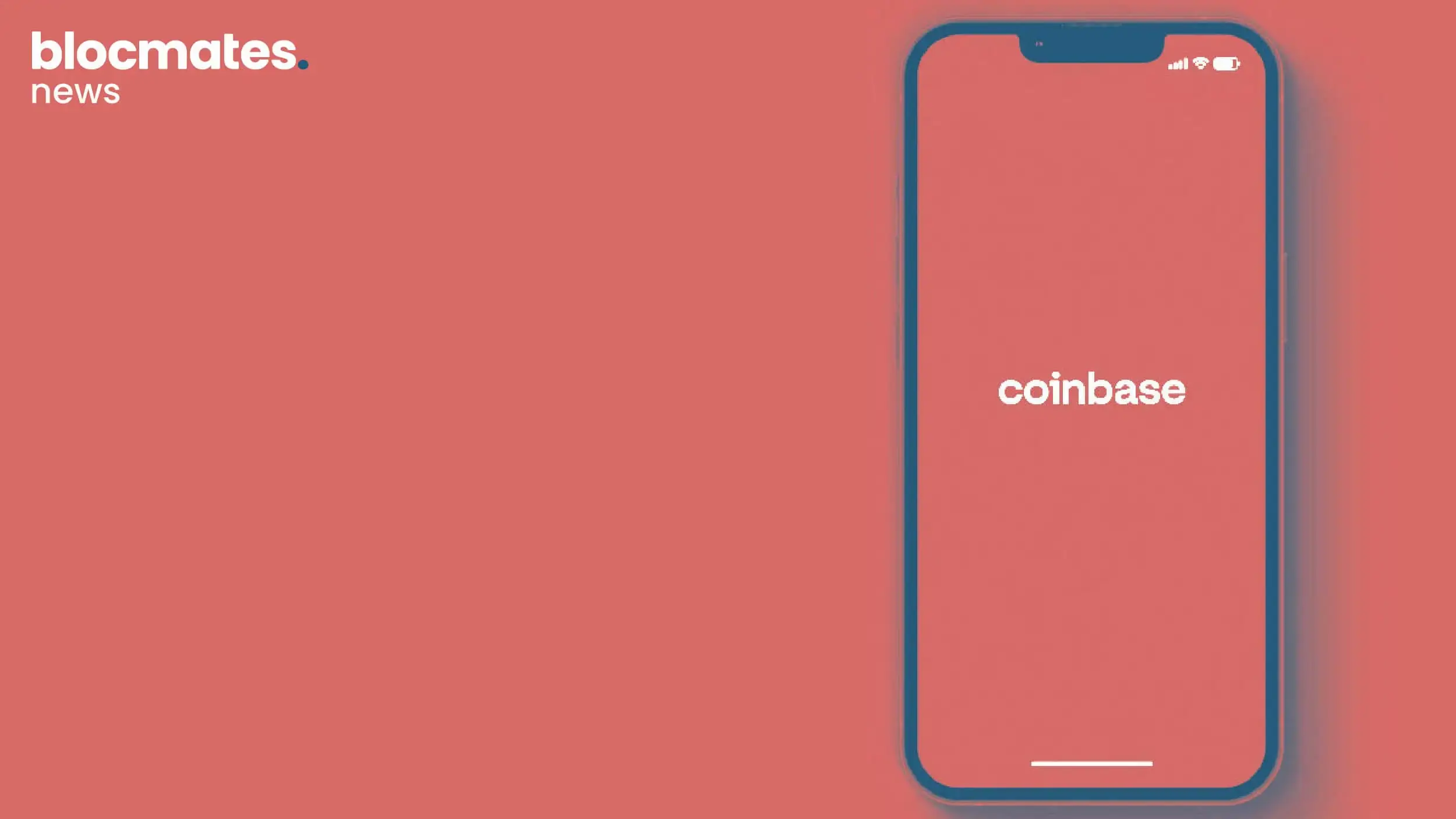

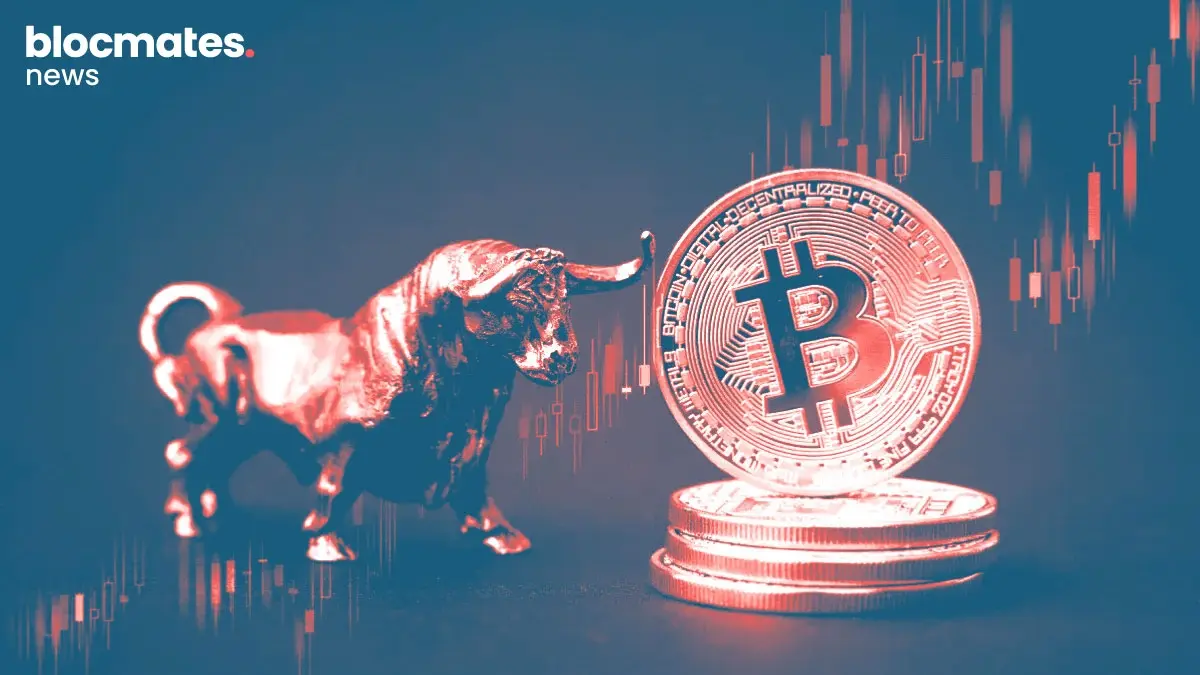

.webp)
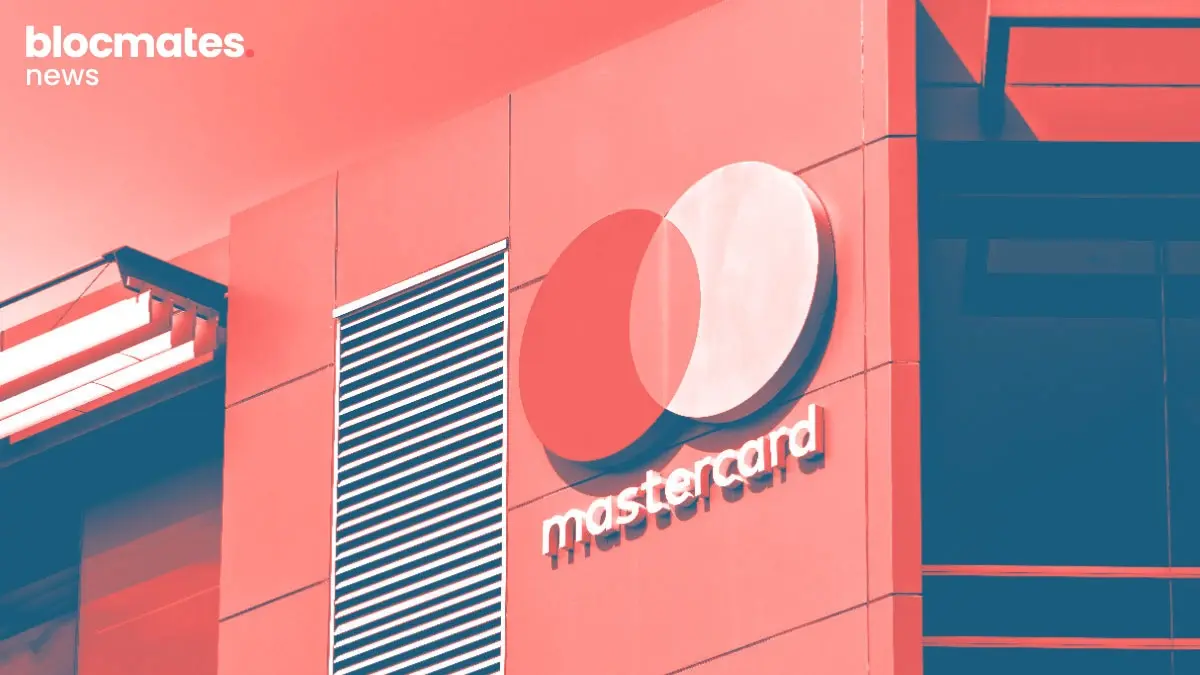


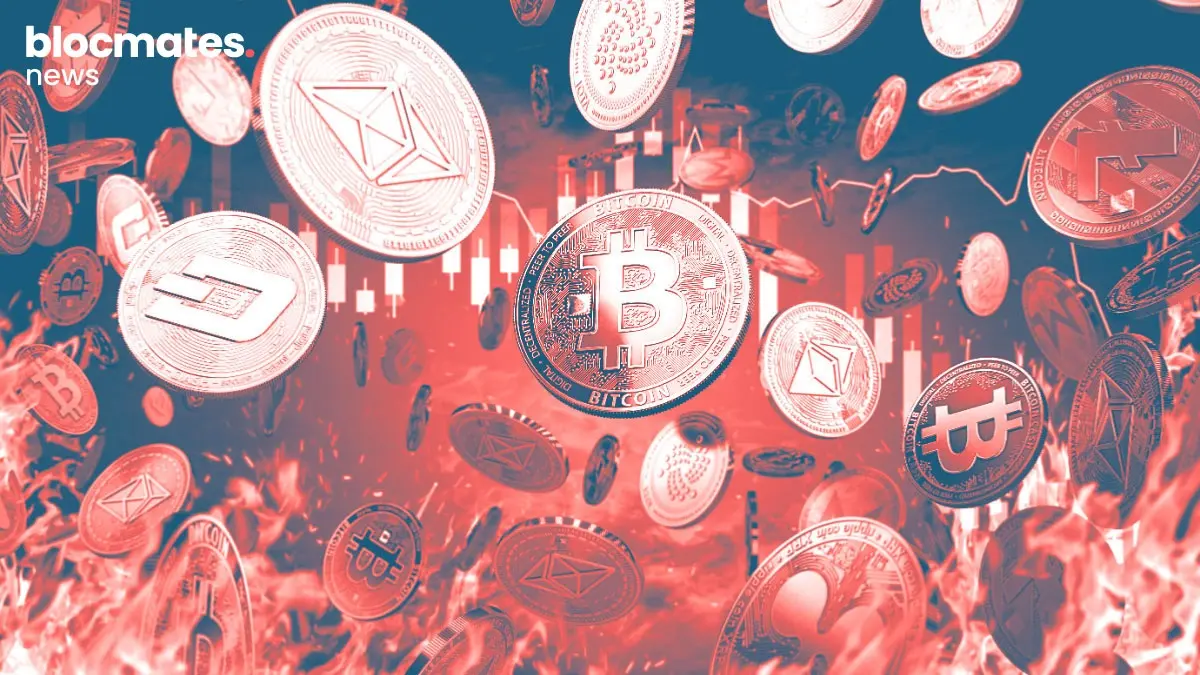



.webp)


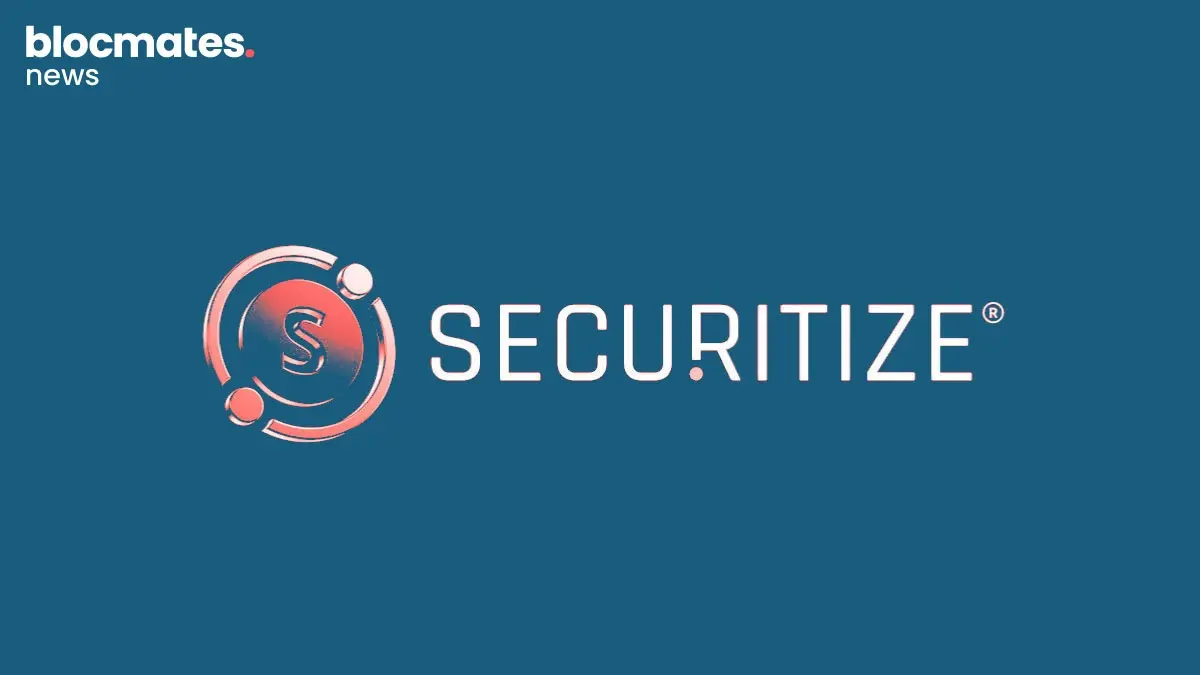

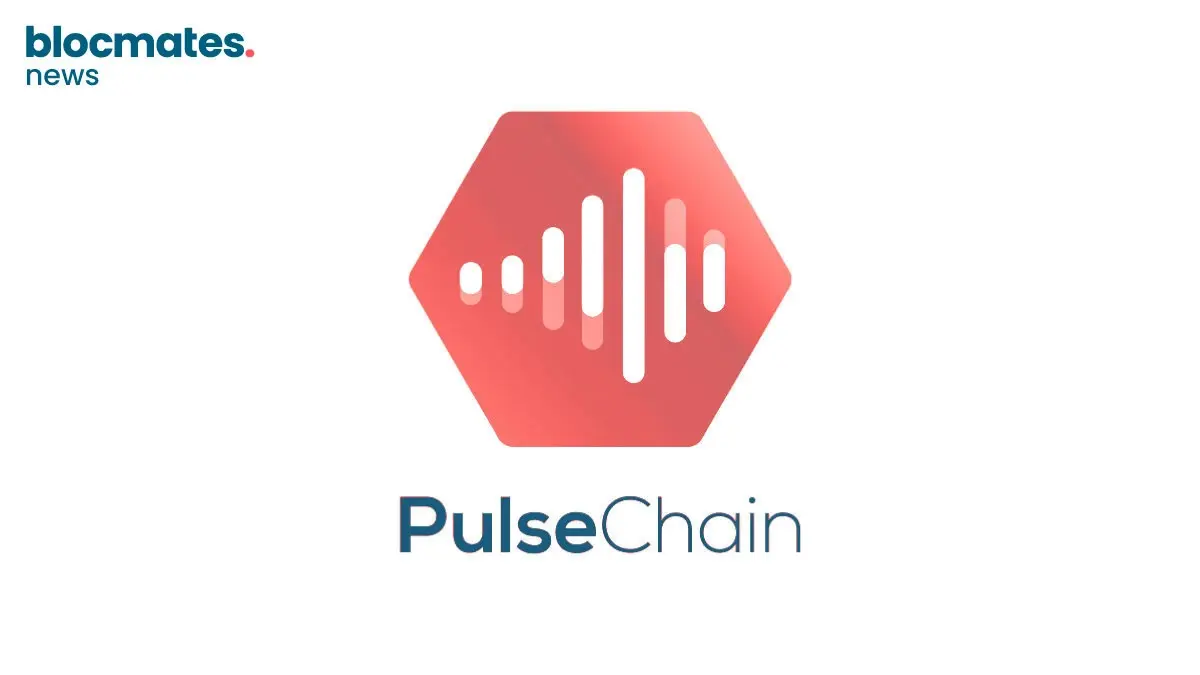
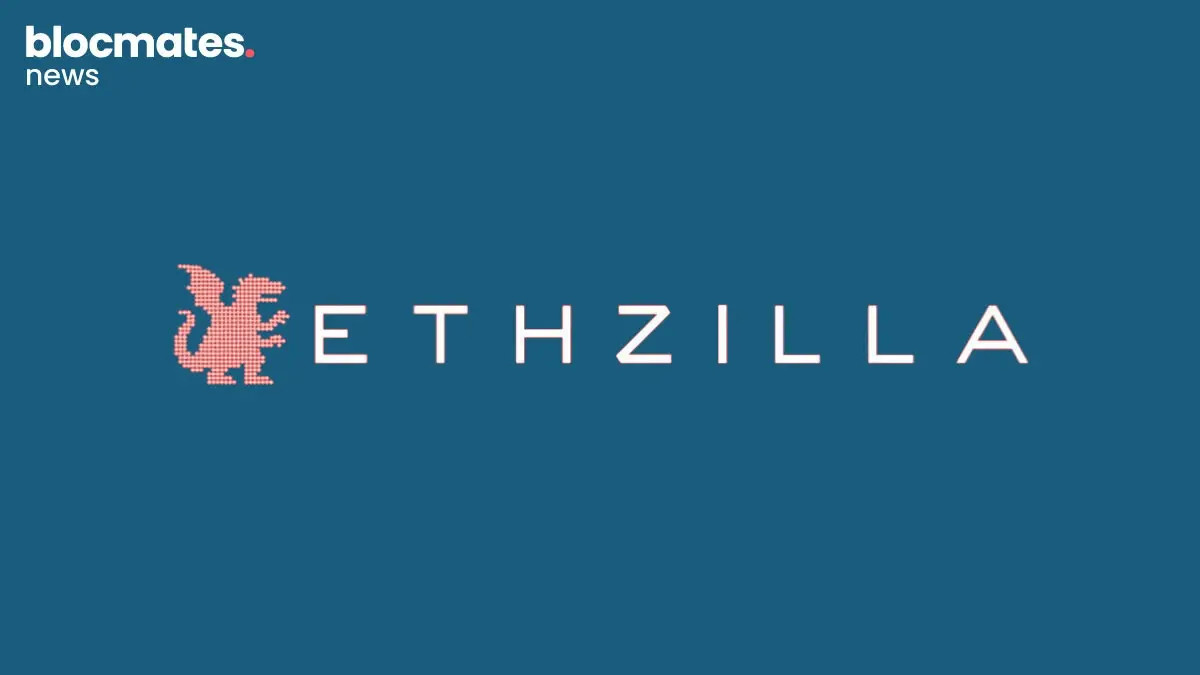
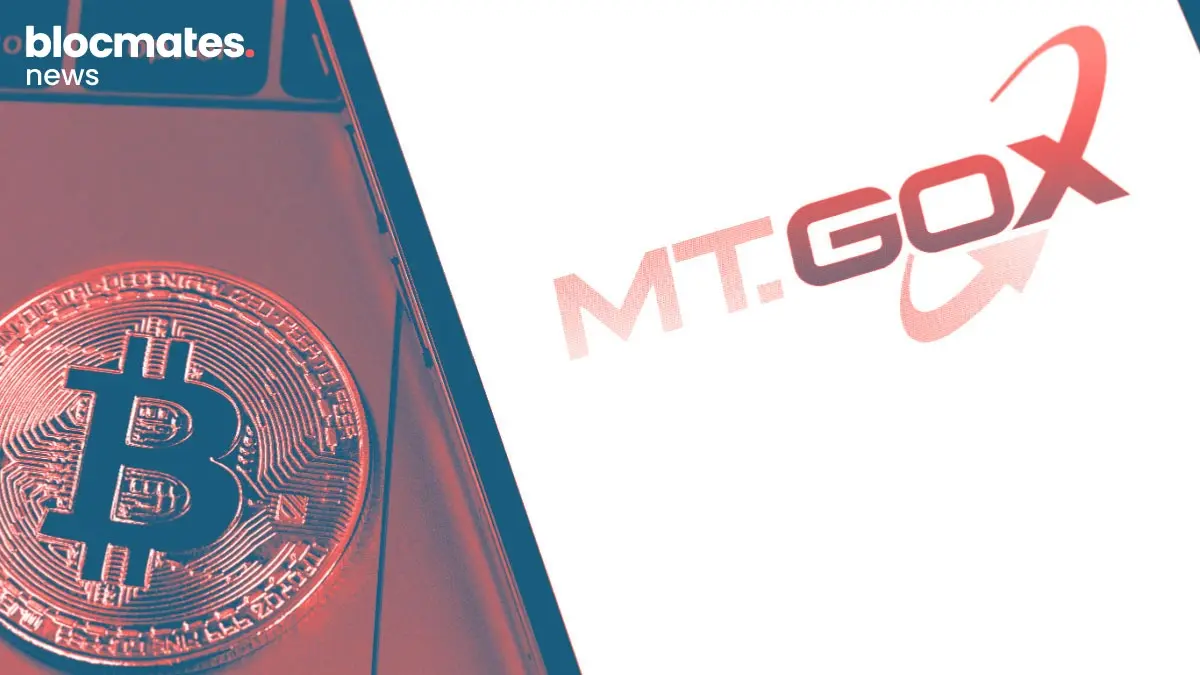
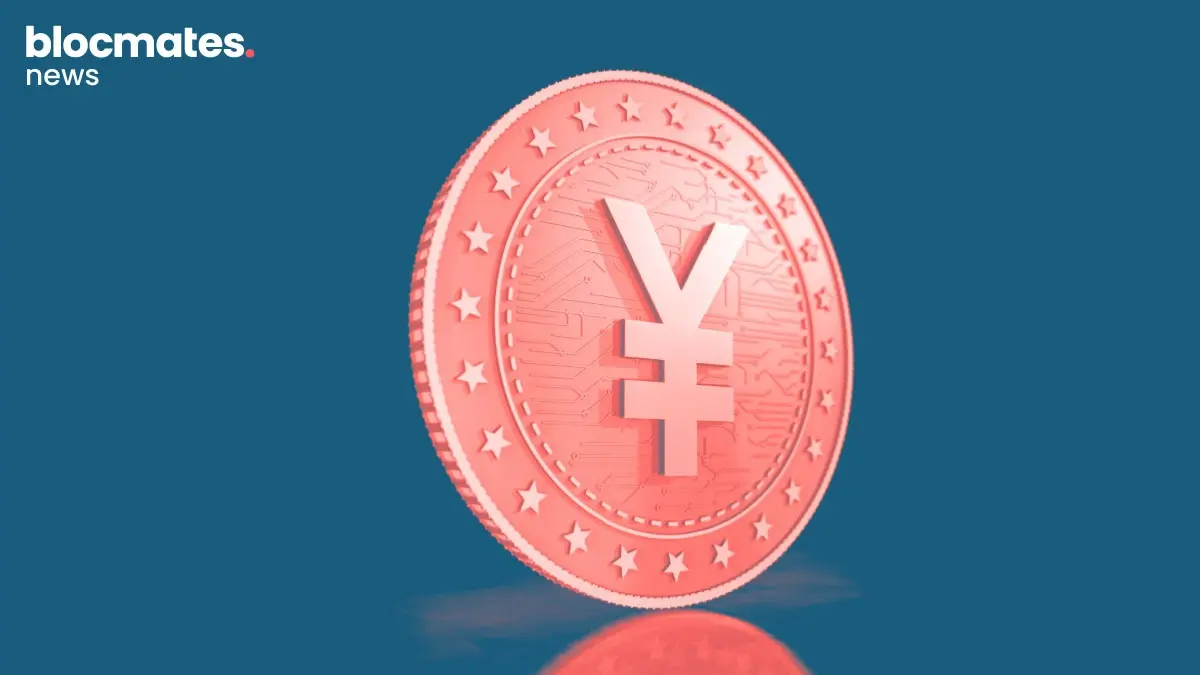
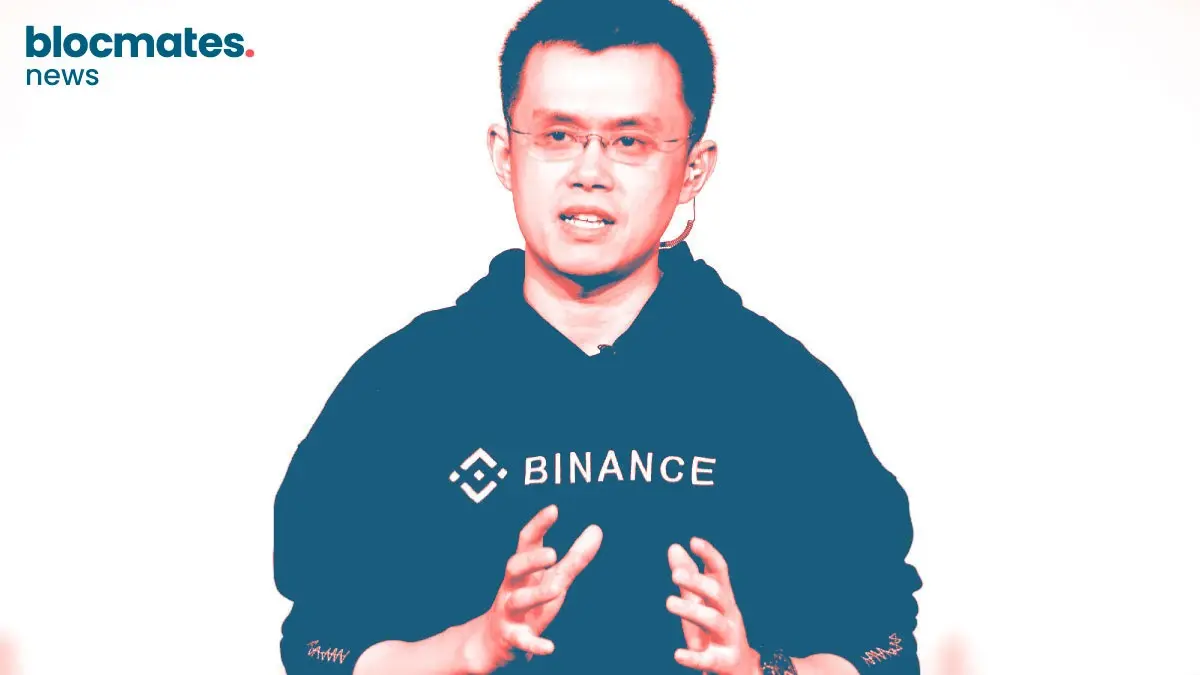


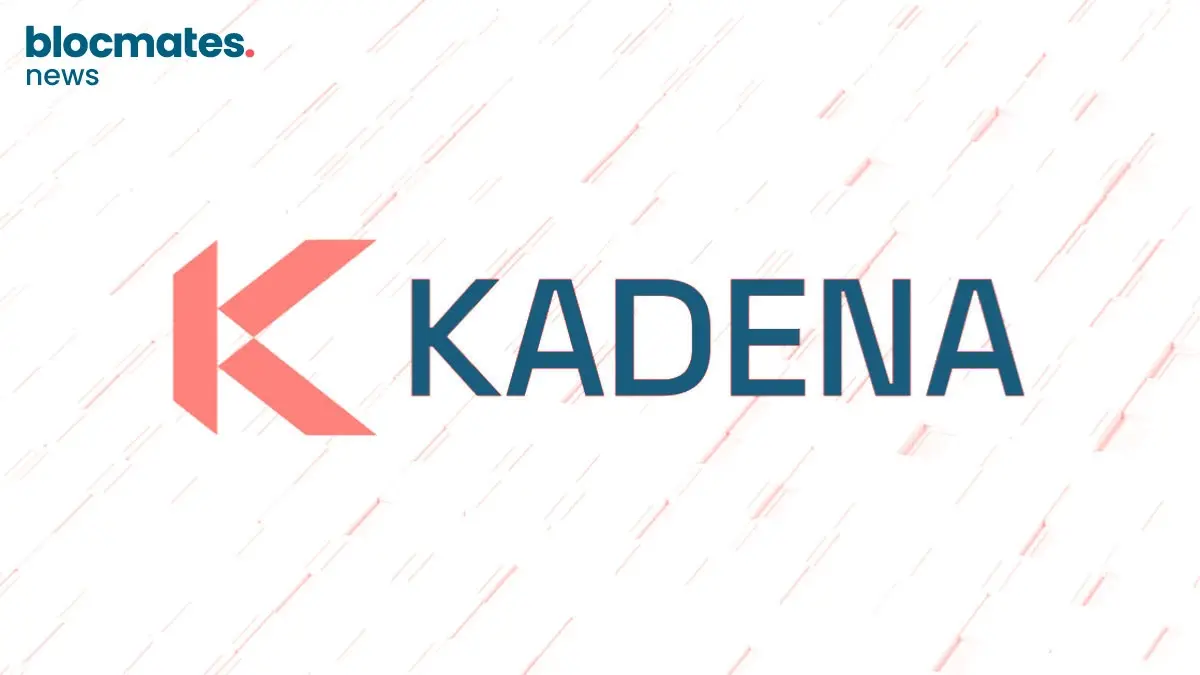

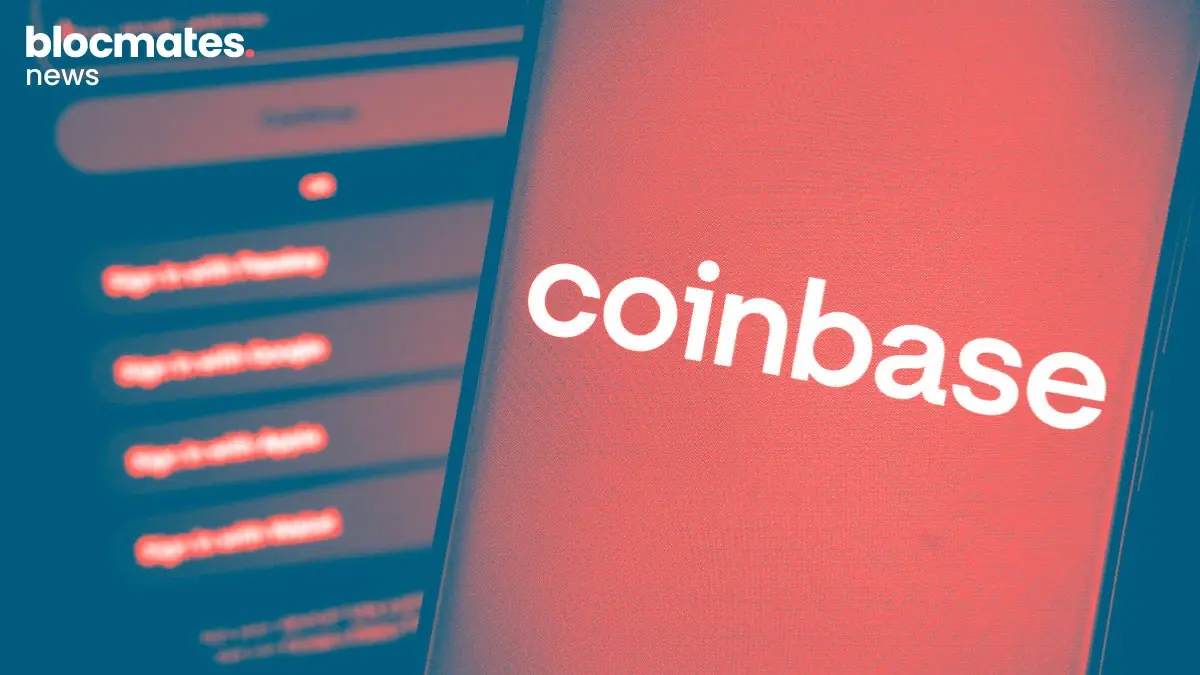
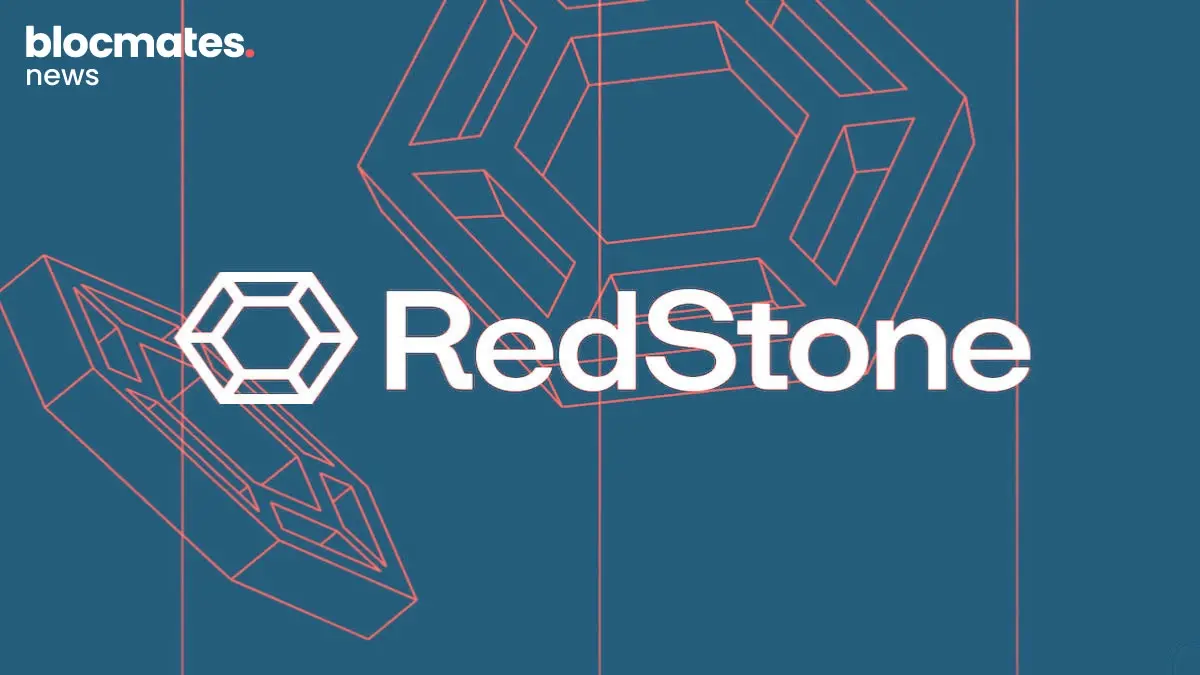
.webp)
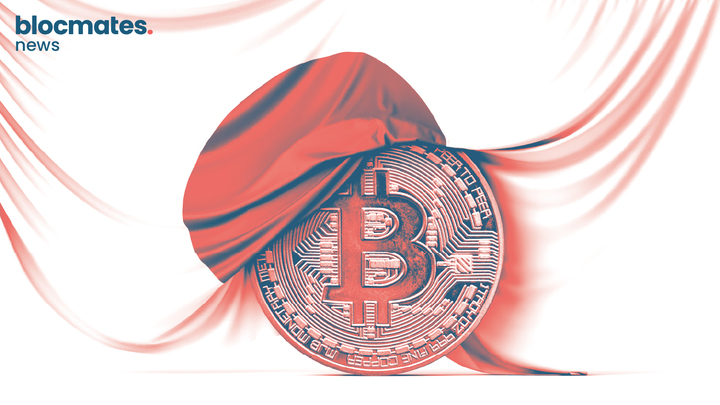
.webp)
.webp)

.webp)


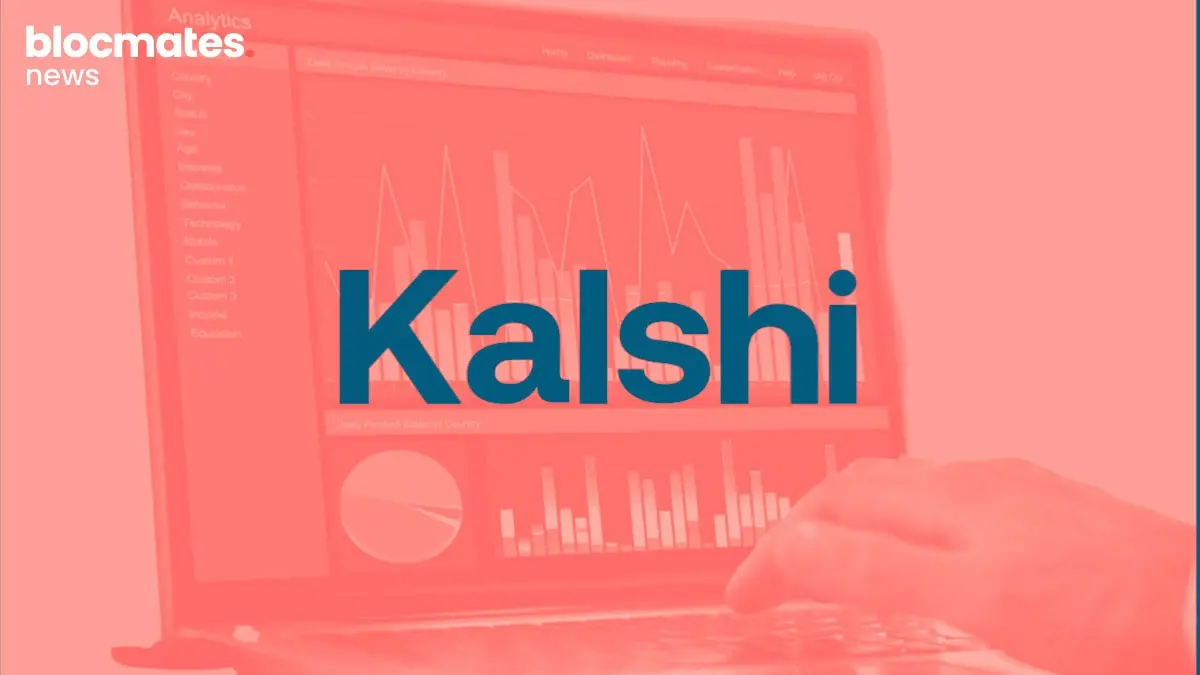
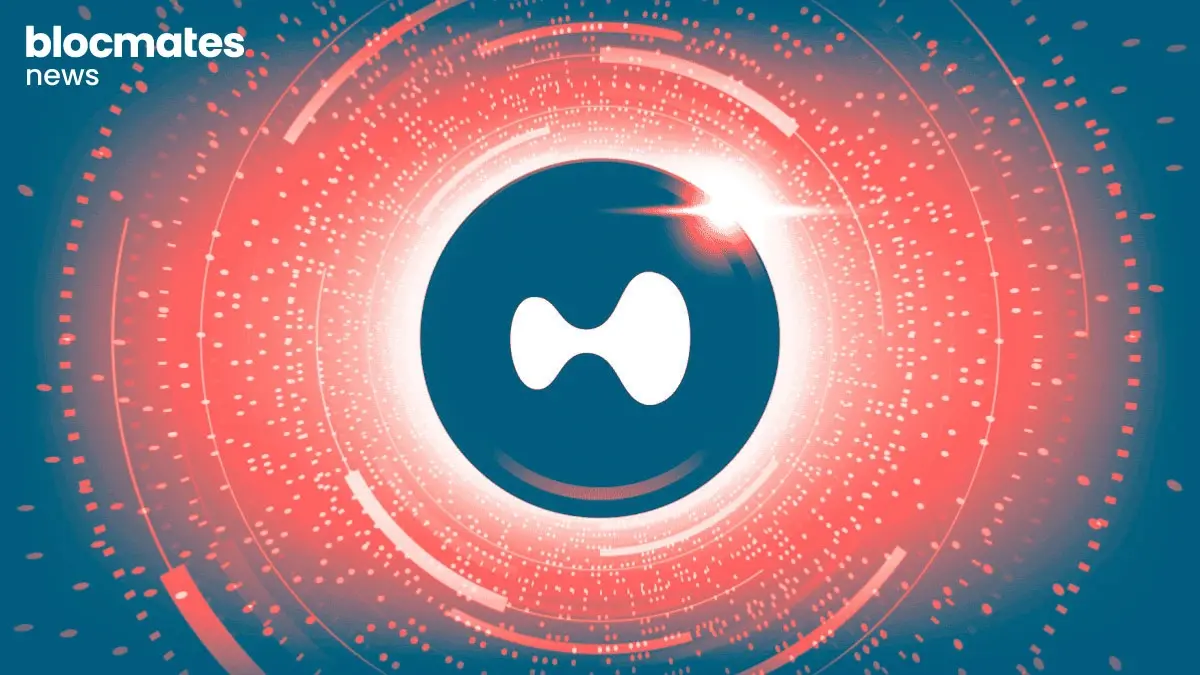



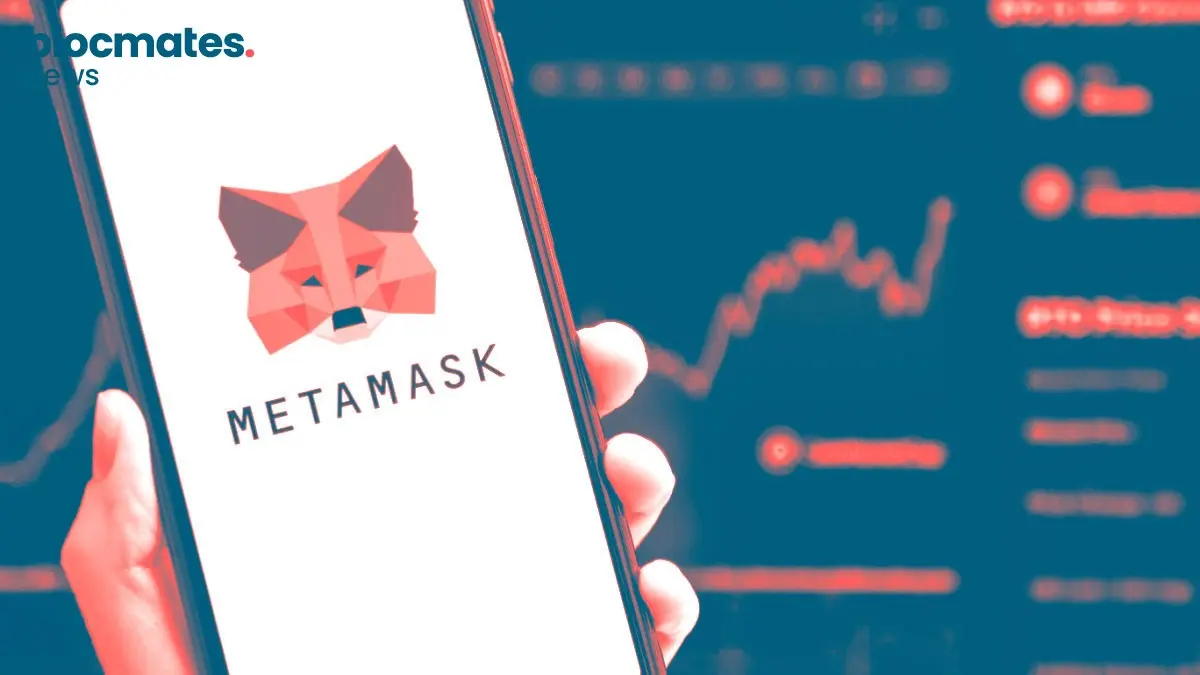
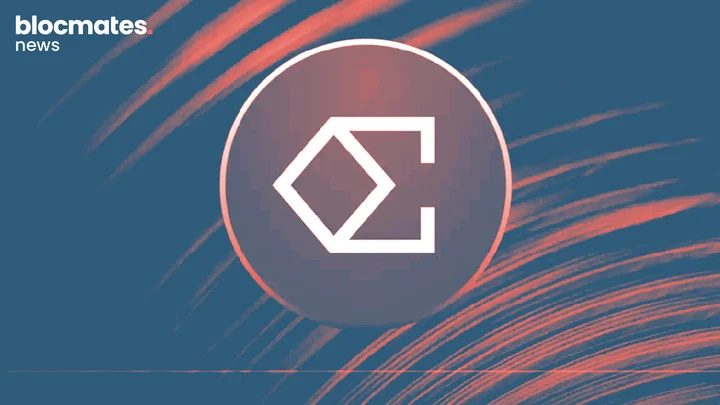


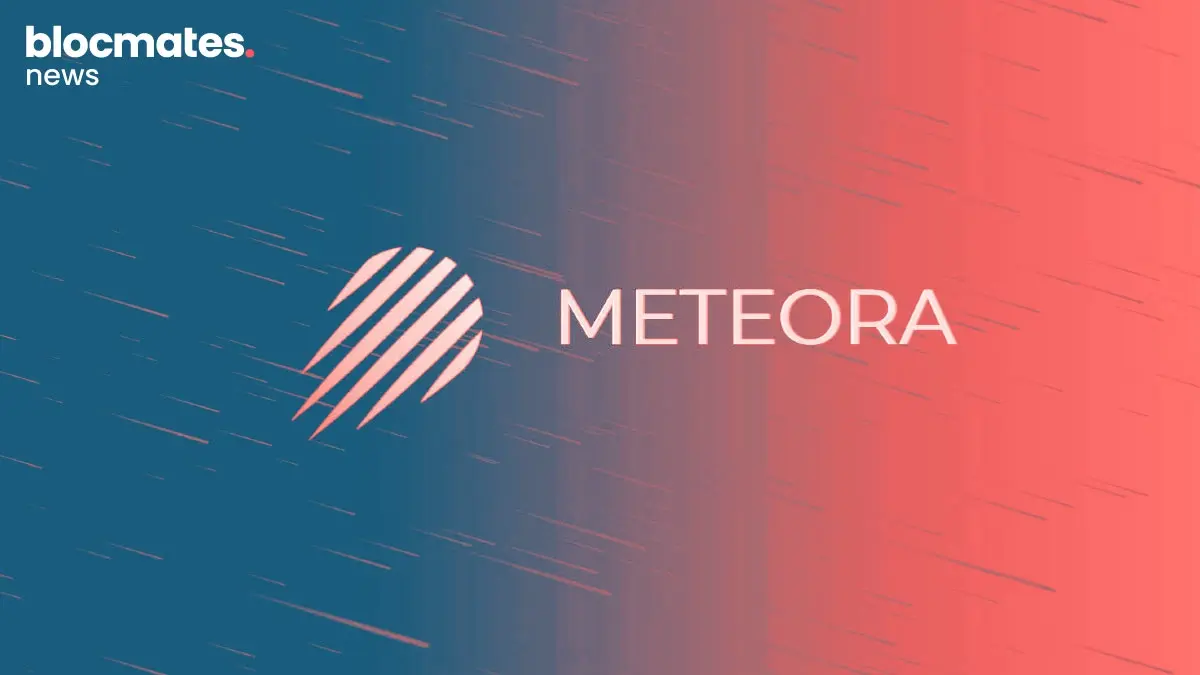
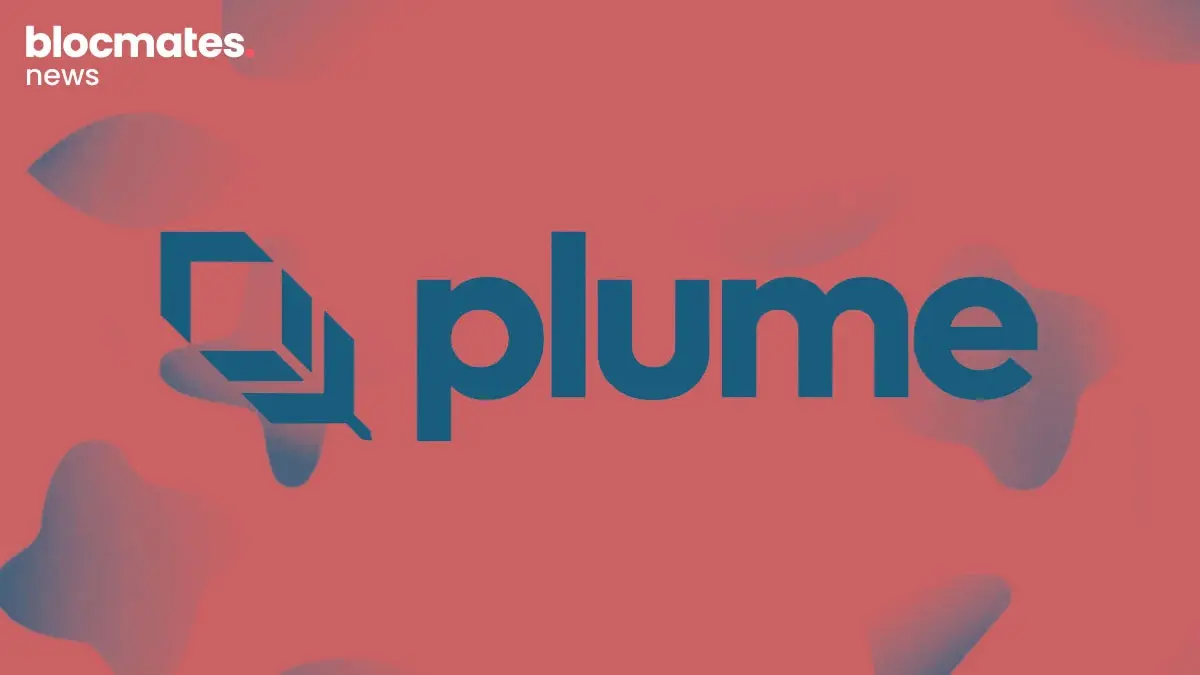

.webp)

.webp)


.webp)

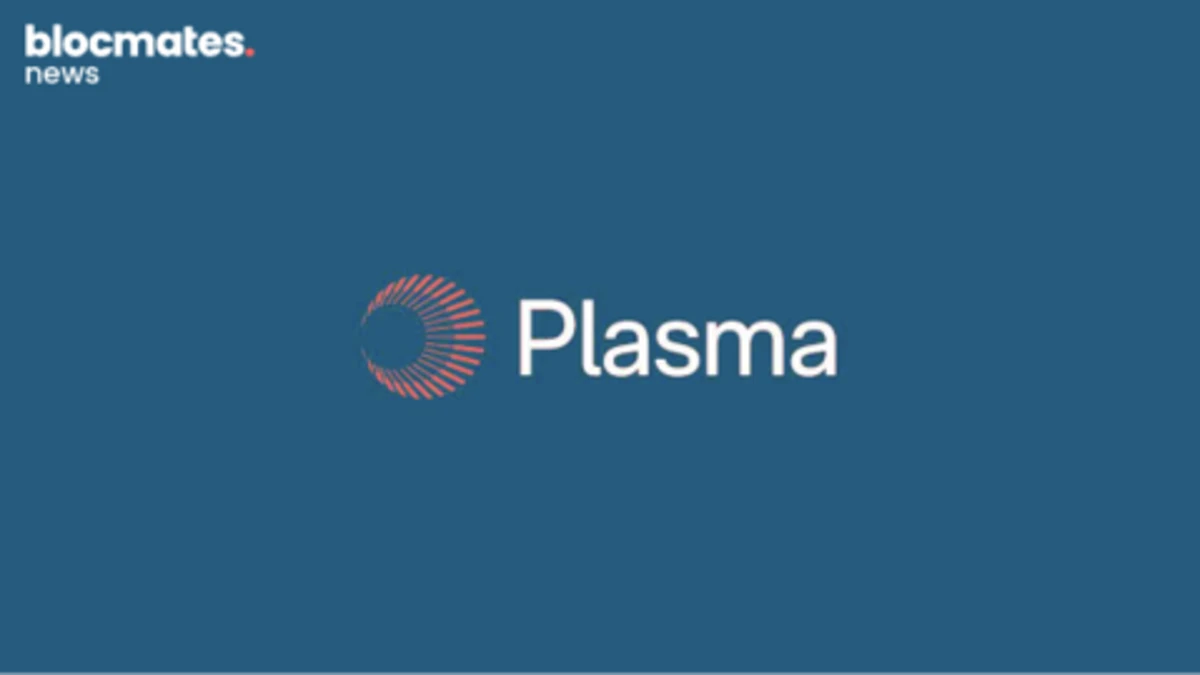

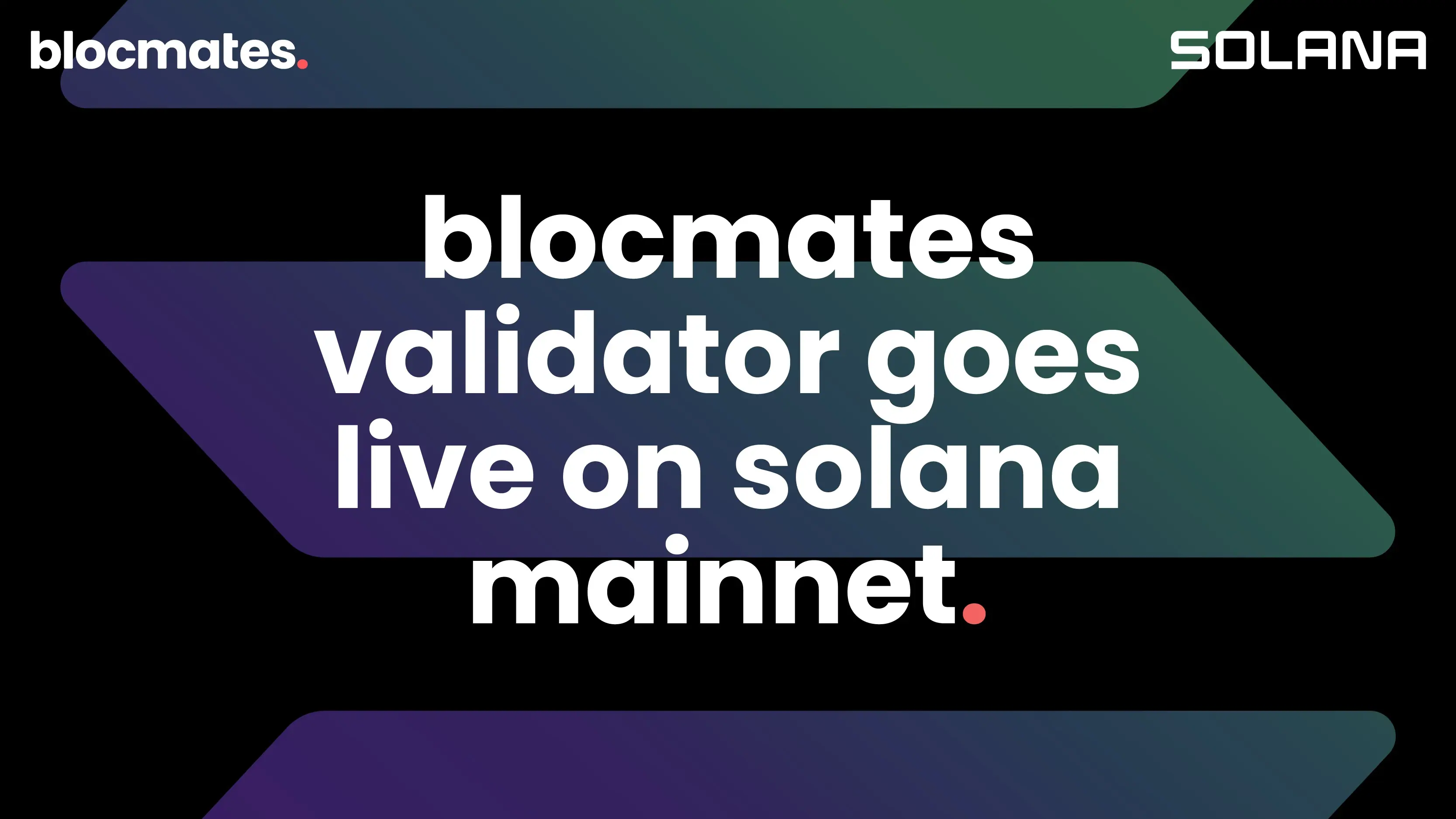
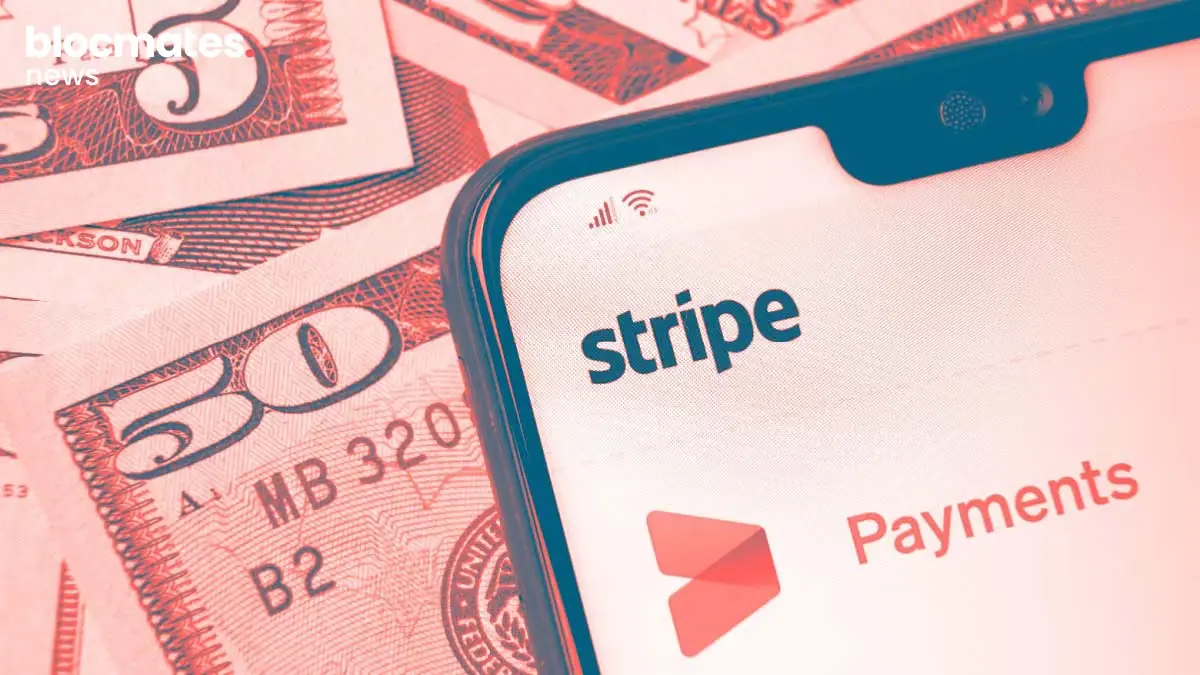



.webp)
